India
Ladakh: "Ultimate Snow Leopards"
Based inside the remote Hemis National Park for the best chances of Snow Leopard sightings
The remote mountain valleys of Ladakh in northern India are probably the most reliable and beautiful place in the world to find the “Ghost of the Himalayas”, the enigmatic Snow Leopard. We have been operating Snow Leopard trips here for many years, with 100% success.
- Our camping trip has changed significantly in recent years and now includes large sleeping-tents as standard. These are much bigger, tall enough to stand in, with heaters, beds which are off-the-ground, plus a bedside table and a chair. See the trip gallery.
- The extension is a remarkable opportunity to visit a newly opened area – on the Changthang Plateau, right on the Tibetan border, a 5-day homestay-based extension, by minibus.
This trip is in early Spring, the best time of the year to see Snow Leopards, during their mating season. We have honed this trip over the years and it has proved very popular for many reasons. The scenery is spectacular, the birds iconic and near-mystic Snow Leopards are highly likely to be seen. From the moment you step off the plane in Leh, right until the end of your trip, you will be well looked after by some of the friendliest, warmest people on earth. The hotel in Leh is well appointed, the camping more comfortable than ever, full service, and fully-portered in and out, with heated dining tent, and now with heated sleeping tents available too. Our experienced local Ladakhi team of expert spotters, guides, cooks and camp helpers attend to our every need – even hot showers, and by staying in Hemis National Park, our chances of seeing Snow Leopards are second to none. Indeed, we have never failed thus far.
The supporting cast of mammals and birds is truly special. Plus, we have a new, exciting 5-day extension to an area just opened up to visitors on the Tibetan border. The extension adds the opportunity to see Tibetan Gazelle, Pallas’s Cat and Kiang (Tibetan Wild Ass) as well as an additional cast of iconic birds. The extension is minibus based, staying at a clean and warm homestay/guesthouse.
Why book this trip with WildWings
- We spend eight nights in the area for Snow Leopards thereby significantly improving your chances of a good encounter, and of photos.
- WildWings has a 100% record for Snow Leopards on all our previous trips to Ladakh, thanks to our highly experienced team of local Ladakhi expert spotters.
- We send a well-known, experienced leader (Dick Filby) with our groups subject to minimum numbers.
- WildWings have ‘reinvented’ the Ladakh camping experience and you can now enjoy a tent you can stand up in with a comfortable bed and heater.
- Our extension visits an area very recently opened up to foreigners and where we have good chances to find Pallas’s Cat, Kiang, Tibetan Gazelles, Grey Wolf and much more. Be amongst the first to visit this new and exciting area.
- Optional personal porter to carry your telescope, photographic gear etc on the camping section.
- Two nights included in Leh at start of trip, to assist in acclimatising for a more comfortable trip
Tour Dates & Prices
Tue 25th February 2025
Tue 11th March 2025
- Guaranteed Departure
Tour Cost: 15 Days from £4395 excluding flights
What's Included?
- WildWings Tour Leader (PhunChok Tsering) with Dick Filby co-leading the tour subject to minimum numbers
- Services of local guides/spotters and camp staff
- 4 nights in hotel in Leh with private facilities
- 8 nights camping in Hemis National Park in large tents with a bed and heater
- Use of sleeping bag and hot water bottle every night in camp
- Transfer of personal baggage to/from camp
- All transport for the tour from/to Leh airport and between Leh and camp
- National Park/wildlife/camping fees
- Three meals per day until breakfast on last day
- Tea, coffee, potable water
Cost Excludes
All airfares, visa fees, travel insurance, personal porter, personal items, tips, laundry, phone calls, all drinks other than tea, coffee, additional excursions, additional meals, additional costs incurred due to flight delays/cancellations, road closures or any other factors beyond our control.
Additional Information
The inclusive price is for a shared twin bedded room in Leh, plus a shared tent.
Extension Costs:
The extension costs £1,395 with a single supplement of £425
This includes hotel room in Leh with private facilities, transfers between Leh and Changthang Plateau, accommodation at homestay on Changthang Plateau, national park/wildlife fees, three meals per day until breakfast on last day, tea, coffee, potable water, local guides/spotters.
Optional extras on main tour
Tents: The cost of the main tour now includes bigger tents which have off-the-ground beds, heating, a chair, bedside table, and room enough to stand-up inside (please see ‘tour info tab’ for more details).
The inclusive price is for a shared twin bedded room in Leh, plus a shared tent.
Porter: It is strongly recommended that each individual traveller/couple hires a porter whilst we are in the National Park (see ‘tour info’ tab). The cost per porter is £425
The Land Only Tour Cost is the amount you will pay WildWings. Despite the end of pandemic restrictions, we have taken the decision to continue to price our holidays as excluding international flights. To keep the process as simple as possible, we are working very closely with a dedicated agent at Travel Counsellors, Sacha Barbato, who is essentially now our “in house” flight consultant. Sacha is a highly experienced independent ATOL bonded travel agent, and his contact details are as follows: [email protected] and 01603 360099 He will be able to advise you which flights we are recommending for each holiday and will be able to book these for you.
Tour Highlights
- Explore the spectacular Himalayan province of Ladakh in Northern India
- Eight nights full-service camping in remote Hemis National Park at the best time of year to find Snow Leopard, we are almost certain to see them
- Join our team of expert spotters and guides in scanning from camp and optional daily walks to search for Snow Leopards and other wildlife
- Iconic mountain birds throughout the trip, from the extraordinary Ibisbill around Leh, to Himalayan Snowcock, Himalayan Griffon, Bearded Vulture (Lammergeier), Tibetan Partridge, Wallcreeper, Red-fronted Serin in Hemis National Park
- Post-trip minibus extension onto the Tibetan Plateau to a homestay to search for Pallas's Cat, Kiang, Tibetan Gazelle, Argali, Grey Wolf, Tibetan Fox and more great birds including Tibetan Snowcock, Tibetan Lark, Tibetan Sandgrouse, Blanford’s Snowfinch and Ground Tit.
Outline Itinerary
-
Depart UK for Delhi
-
Arrive Delhi then fly Delhi to Leh on early morning flight – birding around the hotel
-
Birding and mammal watching in the Indus Valley near Leh plus visit to Thikse Monastery
-
Depart Leh, drive to trailhead in Hemis National Park and walk to campsite
-
Exploring around tented camp for Snow Leopards and other wildlife
-
Leave campsite and return to Leh with final full day to explore in the valleys and surrounding area for wildlife
-
Depart Leh. Fly to Delhi with onward connection to international flight
-
Arrive UK
-
___________________________
-
Transfer to Changthang Plateau looking for wildlife enroute
-
Exploring Changthang Plateau for mammals and birds
-
Return to Leh looking for wildlife enroute
-
Depart Leh. Fly to Delhi with onward connection to international flight
-
Arrive UK
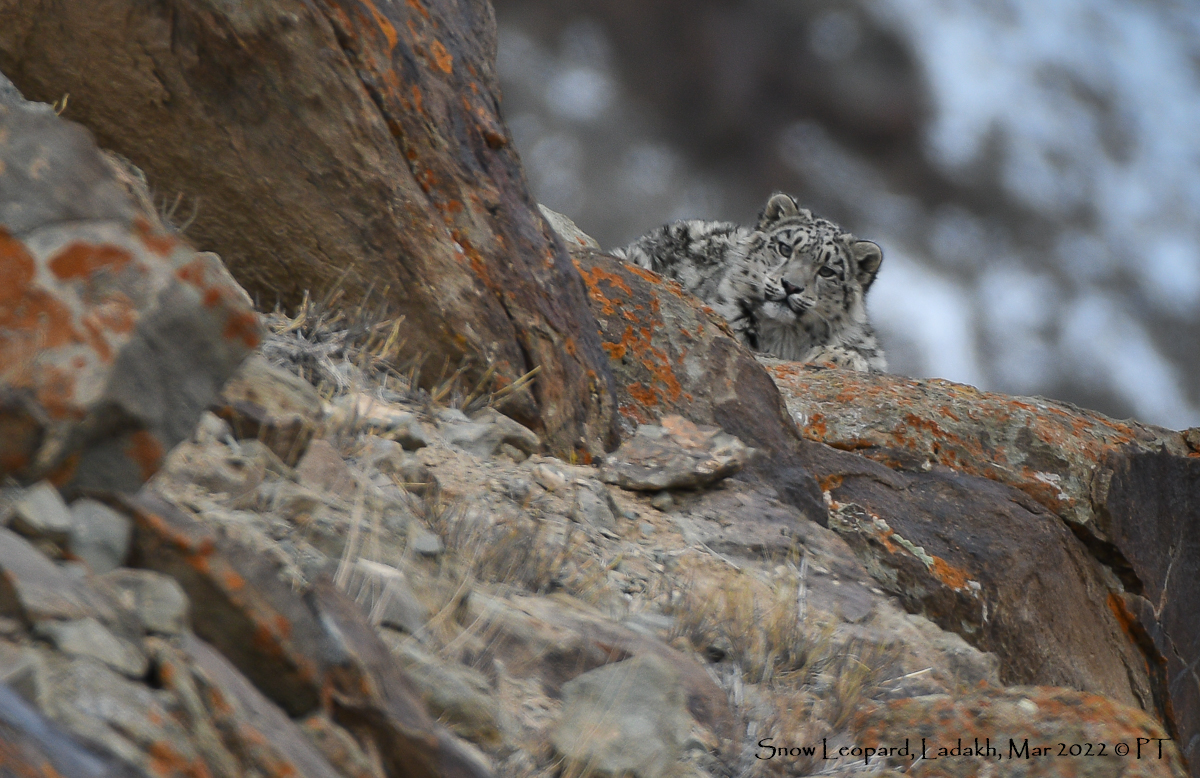
The remote and starkly beautiful mountains and valleys of Ladakh lie at the Tibetan border, close to the Karakoram range, beyond the high Himalayas in far northwestern India. With a population density averaging less than two people per square kilometre, this is a very sparsely inhabited land which in general is little impacted by humans.
Ladakh is cut off by road from the rest of India for around five months every year due to winter snows on the high mountain passes to the south, but as Ladakh itself lies in the ‘rain-shadow’ of the high Himalaya, it receives very little precipitation, resulting in cold but dry winters. The low humidity makes temperatures much more tolerable than similar temperatures in places such as the UK.
In Ladakh, the majority of the residents are Tibetan Buddhists and in rural areas many still live in traditional mud and stone buildings adorned with prayer flags. Scattered small communities have a few terraced fields of wheat or barley, as well as some grazing animals, yaks, cows, and donkeys that every evening need to return to the shelter of buildings in the village to avoid the attentions of the “Ghost of the Himalayas”, the enigmatic and omnipresent Snow Leopard. Away from the irrigated lower river valleys, the vast majority of this beautiful land is almost entirely devoid of people.
Our trip starts in Leh, the capital of Ladakh. It is a small town in the Indus valley, where, at the timing of our visit, life is generally sedate and much slower paced than in almost any other town on the Subcontinent. We will spend two nights in a comfortable hotel, acclimatising and enjoying excursions by minibus, looking for wildlife along the banks of the Indus River, searching for iconic birds such as Ibisbill, Solitary Snipe and Güldenstädt’s (White-winged) Redstart and visiting one of many famous monasteries, where our local guide will explain Buddhist traditions and beliefs. All the while the mountains and valleys of Hemis National Park provide a dramatic backdrop and beckon us.
After two days exploring around Leh, we will head into Hemis National Park for an eight night stay in our Snow Leopard camp, in the area where we have always previously encountered them, either from camp itself, or close by. Indeed, this is the same area where the BBC recently filmed them.
This area has no public roads, and with sweeping vistas of adjacent valleys and hillsides, we are perfectly positioned. Key to our success is our expert team of local guides, excellent spotters who are all well acquainted with these cats and their secretive habits. Our team will additionally draw on their extensive network of local contacts.
As is often the case with wild cats, Snow Leopards frequently snooze for several hours during the day, so when one is spotted it can result in prolonged viewing opportunities, especially as this is the mating season, when pairs can bond for several days.
Our visit is carefully timed to maximise our chances of finding this elusive feline and we will be there during the mating season and at the onset of Spring – the coldest days of winter will have passed. The winter snows, such as they are in this arid land, are still close to their maximum extent which will have driven the Snow Leopards and their main prey, the Blue Sheep, to lower, almost snow free elevation, close to our camp. With both species concentrated in a significantly smaller area than in summer, this gives us much better opportunities to find them.
Additionally, because it is the mating season, males will advertise their presence by calling loudly, their cries occasionally echoing around the valley as they call from a ridge, looking for a potential mate.
Video filmed by Tour Leader Dick Filby on our 2023 tour
You may wish to bring your own telescope, in order to maximise your enjoyment of every day. Having your own scope would give you much more opportunity to participate whilst we are searching – indeed, who doesn’t want to be the first to spot one? It will also give you more prolonged viewing opportunities once a Snow Leopard is on view.
As the sun starts to sink, and the viewing conditions return to optimal just as the Snow Leopards typically arise from their afternoon nap, everyone will want to be watching at the moment that a Snow Leopard yawns wide, stretches, stands up and sets off to hunt.
You can reasonably expect there to be chances to photograph Snow Leopard, although as most sightings are at quite some range, digi-scoping, or using a big lens and converters are normally the best options. Sometimes however, we get much closer views.
We don’t plan on much walking, indeed virtually every Snow Leopard we have ever seen has been viewable from the valley floor, where gradients are in general very gentle. However, we are very pleased to offer you the option to hire a local porter (please see ‘Tour Info’ tab) to carry your scope, tripod, camera, backpack, and your partner’s too, in order to make your walks much easier, especially if you are interested in walking higher, if that is your preference.
For daily life in camp – please see the “Tour Info” tab.
After eight nights in Hemis National Park, we will leave camp and drive back to Leh on a circuitous route to look for Red Sheep and Asiatic Ibex, and a final night in our comfortable hotel as the main tour concludes.
There follows an optional five-night extension to the Changthang Plateau by minibus, based at a clean, warm and clean homestay guesthouse close to the Tibetan border, giving us the opportunity of several species of iconic mammal and bird not available on the first part of the trip.
Our principal target mammals on the extension are the dramatic looking Kiang (the largest species of wild ass), the delightful Pallas’s Cat, and delicate Tibetan Gazelles. We have good opportunities to see all three: Kiang are found here in good numbers, Pallas’s Cats are seen regularly, and this is the core area for the remaining Indian population of Tibetan Gazelle, a diminutive high-altitude member of the antelope family.
The supporting cast on the extension includes Grey Wolf, Tibetan Fox, Ladakh Pika, as well as another chance for Snow Leopard, and a fine selection of birds including iconic specialities such as Tibetan Snowcock, Tibetan Sandgrouse, Tibetan Lark, Ground Tit (Hume’s Groundpecker), the delightful Blanford’s and Black-winged Snowfinches, Brandt’s (Black-headed) Mountain Finch and Great Rosefinch. On our journey back to Leh, if we have not seen them already, we can make a diversion to an area where we have previously enjoyed good success finding Argali – the world’s largest wild sheep, and Tibetan Snowcock.
Potential Mammals (selected only)
Main Trip: Snow Leopard, Eurasian Lynx, Grey Wolf, Red Fox, Greater Blue Sheep (Bharal), Asiatic (Siberian) Ibex, Ladakh Urial (Red Sheep), Mountain Weasel, Woolly Hare and Large-eared Pika.
Extension Snow Leopard, Grey Wolf, Tibetan (Sand) Fox, Kiang (Tibetan Wild Ass), Tibetan Argali, Greater Blue Sheep (Bharal), Ladakh Urial (Red Sheep), Mountain Weasel, Woolly Hare, Plateau/Ladakh Pika, Stolizcka’s Mountain Vole.
Potential Birds (selected only)
Main Trip: Himalayan Snowcock, Tibetan Partridge, Chukar, Hill Pigeon, Snow Pigeon, Eurasian Eagle Owl, Solitary Snipe, Ibisbill, Black-eared Kite, Lammergeier, Himalayan Griffon, Golden Eagle, Upland Buzzard, Saker, Red-billed Chough, Yellow-billed (Alpine) Chough, Brown Dipper, Blue Whistling Thrush, Black-throated Thrush, Güldenstädt’s (White-winged) Redstart, White-capped Redstart, Wallcreeper, Cinereous Tit, White-browed (Stoliczka’s) Tit-Warbler, Black-winged Snowfinch, Robin Accentor, Brown Accentor, Red-fronted Serin, Brandt’s Mountain-Finch, Mongolian Finch and Great Rosefinch
Extension, additionally to main trip: Tibetan Snowcock, Tibetan Sandgrouse, Ruddy Shelduck, Ground Tit (Hume’s Groundpecker), Tibetan Lark and Blanford’s Snowfinch, as well as many of the species on the main trip.
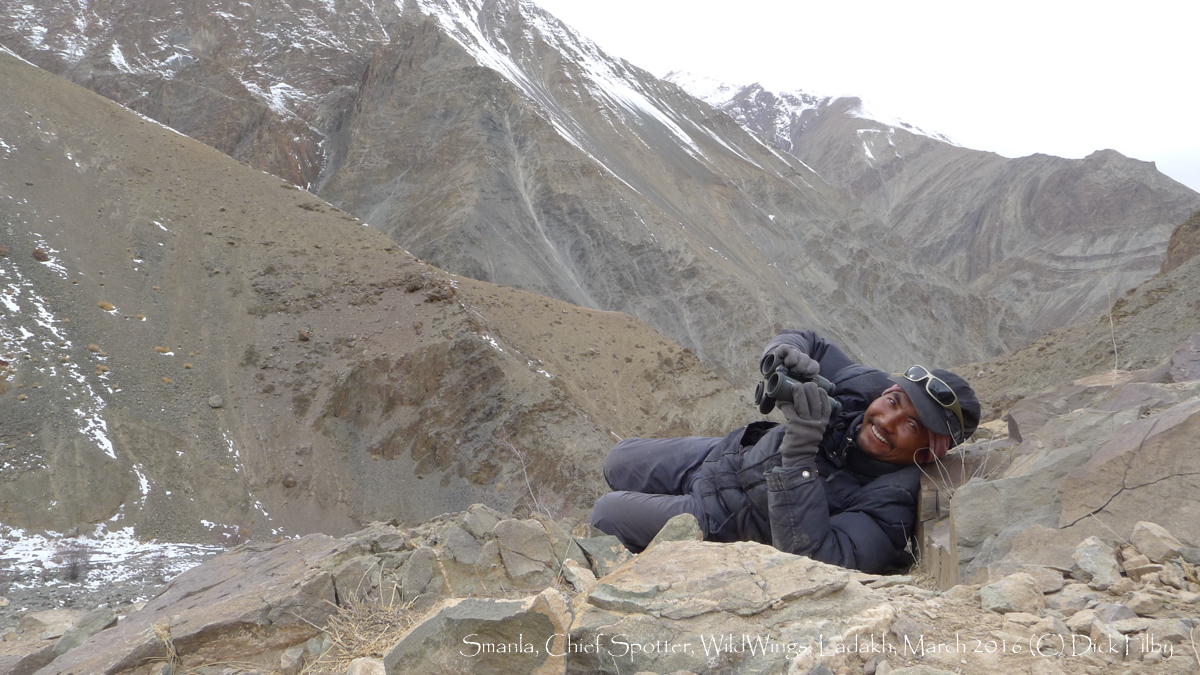
Day 1: Depart (eg from UK) on flight to Delhi
Day 2: Fly from Delhi to Leh
The tour starts at Leh airport in the morning, as all flights from Delhi are scheduled to arrive early in the day, normally offering spectacular and extensive panoramic vistas of the Himalayas. We will transfer to our hotel, about 20 minutes from the airport, for a two-night stay.
Leh is at an altitude of around 11,400 ft (3,475m), so the reduced oxygen level needs adjusting to and we will have a gentle first day. Our experience is that most people will spend a proportion of the day resting as this is the best way to acclimatise, with some then going birding around the hotel grounds and nearby gardens, fields and streams.
With prayer flags to be seen everywhere, and monasteries sitting atop small hillocks, it is often said that this part of India is very much like Tibet used to be, before the Chinese took control and the Dalai Lama fled to India. Overnight Leh
Day 3: Birding and mammal watching in the Indus Valley near Leh plus visit to Thikse Monastery
We will spend the day with gentle excursions by minibus looking for wildlife along the banks of the Indus River and the opportunity to visit Thikse Monastery, perched atop a low hill, citadel-like, and often likened to the winter palace of the Dalai Lamas, the Potala, in Lhasa, Tibet. Throughout the Leh area, there are several monasteries and the prayer wheels, chortens, statues of Buddha and prayer flags of Tibetan Buddhism abound.
Against this backdrop, in the cultivated areas close to the river Indus, and along the river itself we will seek several iconic birds, including the extraordinary Ibisbill which is undoubtedly one of the world’s more unusual looking waders with its grey and black head and brilliant red decurved bill, the elusive and well camouflaged Solitary Snipe, and enjoy hordes of the dramatic and delightful Güldenstädt’s (White-winged) Redstarts.
Other birds to be found here include Black-eared Kite, Northern Goshawk, Upland Buzzard, Cinereous Tit, Blue Whistling Thrush, White-capped Redstart, Black-throated Thrush, Brown and Robin Accentors, White Wagtail of the striking form personata, aka “Masked Wagtail”, and Mongolian Finch.
On our planned visit to the amazing Thikse Monastery we will learn a little about Tibetan Buddhist culture, see first-hand the extraordinary buildings and artwork, and will likely encounter various birds around the buildings such as Red-billed Chough, or see a Lammergeier, Himalayan Griffon or Golden Eagle soaring overhead.
All the while we can see Hemis National Park rising from the opposite side of the Indus valley, its lure is irresistible. The search for Snow Leopard beckons us. Overnight Leh
Day 4: Depart Leh, drive to Hemis Hational Park, walk to campsite.
After breakfast, we will drive into Hemis National Park, and to the trailhead which is at a very similar altitude to the hotel. It is about an hour and a half drive, but we will be sure to stop for roadside wildlife, and dramatic scenery photos, including a viewpoint high above the deep gorge along the Indus prior to its confluence with the Zanskar river, where our guides will offer gifts at a Buddhist shrine.
Our Snow Leopard Camp will have been set up in advance, and a three-course hot lunch awaits us. All of our bags will be taken directly there, by mules, except anything we wish to keep with us as we stroll gently up the valley to camp. At around 12,800ft (3,900m), camp is not much higher than the hotel in Leh.
Our walk will be at a gentle pace and take around one and a half to two hours, with stops for photos and wildlife. We will already be in habitat for Snow Leopards, indeed we have seen them very close to the trailhead in the past, so we will be keeping a keen eye out.
If one is sighted, we can call our camp staff by radio to request that they bring lunch to us. Once at camp, and after settling in, if there is no Snow Leopard on view, the rest of the day will likely be spent at the vantage point very close-by, looking for Snow Leopards other mammals and birds, and enjoying afternoon tea brought to us before returning for dinner. Overnight in tent camp
Days 5-11: Exploring around tent camp for Snow Leopards and other wildlife.
We have seven full days to look for Snow Leopards and with around 12 hours of daylight, we will have plenty of time to both look for wildlife and get a good night’s rest. Before dawn, the calls of Himalayan Snowcocks and Chukars are most likely to be the first sound that we will hear each day, although the mating calls of Snow Leopard, the bark of a Red Fox, or the howling of Grey Wolves are all possible too.
The typical day will start with hot tea/coffee and biscuits delivered to the door of your own tent, followed by a bowl of hot water for a refreshing wash. Our guides will already be on the lookout for Snow Leopards, either from the camp, or from the vantage point very close by. You have the option to join them or take your time and have a more leisurely start.
A hearty breakfast will either be served in the dining tent, or, if we are watching Snow Leopard(s), then the team can bring it to us “in-the-field”.
Afterwards, if a Snow Leopard has not yet been spotted, we can walk out of camp to carry on searching for them, typically along the valley floor to the corner of another valley.
The amount of walking you choose to do each day is entirely up to you. You may, if you wish, choose to stay around camp all day, and just head out when a Snow Leopard is spotted. Generally, however, we will aim to hike about a mile or so out of camp most days, with the uphill walking being at a slow pace. For those who wish to push on uphill and expend more energy there will be opportunities, but generally Snow Leopards can readily be seen from the valley floor.
Most of the walking will be on gentle inclines, on primitive trails or jeep tracks, although occasionally we may need to get into a better position for viewing which can involve steeper walking for short distances.
If you wish to make your walking significantly more comfortable, we are very pleased to offer you the chance to hire a personal porter for the period that we are camping, as your porter can then carry your backpack, camera gear, tripod, scope etc. It is remarkable how much this helps when you are walking up even the gentlest of gradients here.
On at least one day, we will go into the nearby village and have morning tea, or eat our lunch in a traditional home, maybe drink Tibetan tea, and have the chance to purchase locally made souvenirs, such as a felt Snow Leopard, made with naturally coloured wool and hand spun yarn.
Other mammals that are found here include Lynx, Woolly Hare, Grey Wolf, Mountain Weasel, Large-eared Pika and plenty of the Snow Leopards’ favourite prey, Blue Sheep (Bharal). There are some great birds to be seen too, including Himalayan Snowcock, Tibetan Partridge, Chukar, Lammergeier, Himalayan Griffon, Golden Eagle, Hill Pigeon, Red-billed and Yellow-billed Choughs, Wallcreeper, the extraordinary, purplish-coloured White-browed (Stoliczka’s) Tit-Warbler, Brown Dipper, Brown and Robin Accentors, Red-fronted Serin, Great and Streaked Rosefinches.
Whenever we are away from camp, our staff will bring us hot tea, coffee and a snack, mid-morning and mid-afternoon, whilst in the middle of the day, we will also get a hot lunch delivered to wherever we are. Evening meals in the dining tent are a sociable time, as we recap on the day’s sightings before heading to bed with a hot water bottle. Seven further nights in tent camp
Days 12-13: Leave campsite and return to Leh
After breakfast and a last look for Snow Leopards, we will pack our bags which will be transported back to the public road and onto Leh, and we will walk back down to the transfer point.
We will be met by our minibuses, drive back to Leh, with a special detour on the way to look for Tibetan Ibex and Ladakh Urial (Red Sheep). We will take lunch enroute and arrive back in Leh late afternoon.
The following day we will have the minibus available again and will go in search of further wildlife with our priorities determined by what we have already seen. Two nights Leh
Day 14: Depart Leh / or start extension.
After breakfast, anyone not joining the extension will have a short transfer to the airport from where it is an approximately 1 hour 15 mins flight back to Delhi, for onward connections to international flights.
Day 15: Arrive UK
EXTENSION (10-16 March 2025):
Day 14: Transfer to Changthang Plateau, looking for wildlife enroute.
Having said goodbye to anyone not joining the extension, we will leave Leh after breakfast and drive southeast up the mighty Indus River valley towards its source in Tibet. This road, much of it recently improved, follows the river for the most part and whilst it occasionally detours to avoid deep gorges, it does not go over any high mountain passes.
The Indus valley is a spectacular drive, and we plan to make multiple stops, for wildlife, for photos, and for lunch. We will be looking for Ladakh Urial, Solitary Snipe, Brown Dipper, Wallcreeper, Tibetan Lark and Great Rosefinch. It is likely that we will see our first Kiang (Tibetan Wild Ass) as we reach the Changthang Plateau.
Once we near the Tibetan border, by late afternoon, we will begin our quest in earnest for the special birds and mammals of this region. Nights at homestay/guesthouse
Days 15-17: Exploring the Changthang Plateau
We have three full days to explore this area and its sweeping panoramas that looks very different to the mountain valleys around Leh and Hemis National Park.
Using our homestay as a base and the minibus for transport, we will search the plains of the Changthang Plateau and adjacent hillsides for the specialist mammals that are regularly seen here including Pallas’s Cat, Tibetan Gazelle, Grey Wolf, Tibetan Fox, Argali – the largest species of wild sheep in the world and Kiang (Tibetan Wild Ass).
In addition, this area hosts several iconic species of birds, including Tibetan Snowcock, Ruddy Shelduck, Tibetan Sandgrouse, Ground Tit – formerly known as Hume’s Groundpecker, Upland Buzzard, Eagle Owl of the Himalayan form hemachalanus, Saker Falcon, Horned Lark, Tibetan Lark, Blanford’s and Black-winged Snowfinches, Black-headed Mountain Finch and Great Rosefinch. If Spring is advanced, we may again see Bar-headed Geese at any open water, and if we are very lucky, an early Black-necked Crane.
As with our time spent on the main part of the trip, we will make use of expert Ladakhi spotters who know the habits of the animals, and have local contacts, thereby hugely increasing our chances of a successful visit.
We plan to keep our extension flexible and if we have not found all our main targets from our first base, we may switch locations partway through, moving to a different, basic lodge about four hours’ drive away. Nights at homestay/lodge
Day 18: Return to Leh
After some final time in the field, we will leave our accommodation after breakfast, and drive back to Leh along the spectacular Indus valley. We will make stops as we travel, taking the opportunity to enjoy the scenery and wildlife opportunities, as well as a lunch stop. Night in Leh
Day 19: Depart Leh
After breakfast it is a short transfer to the airport from where it is an approximately 1 hour 15 mins flight back to Delhi, and onward connections to international flights, eg back to the UK.
Day 20: Arrive UK
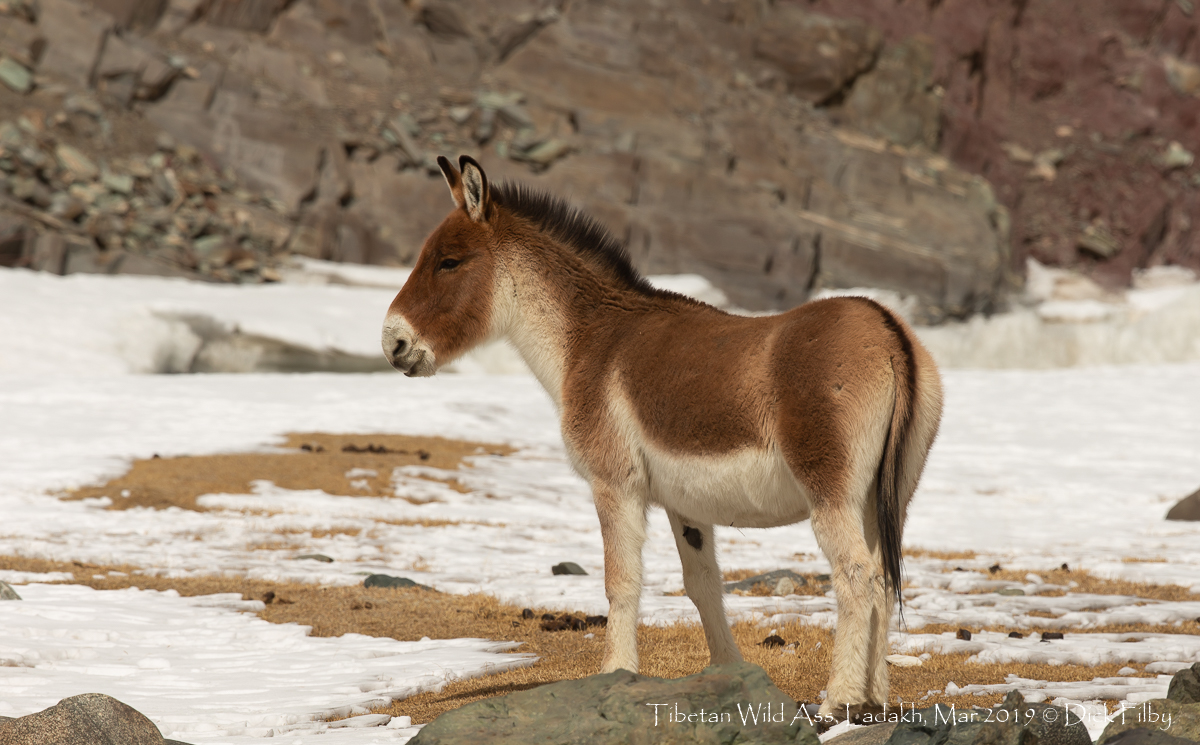
WHAT TO EXPECT
Unparalleled scenery, exceedingly high chances to see Snow Leopard as well as a host of other mammals and great birds, a warm and well-appointed hotel in Leh, remarkably comfortable camping in the best place at the best time of year to see Snow Leopards, an extension based in a clean and comfortable homestay guesthouse, and an exceedingly friendly expert team to look after you.
The objective is to maximise our chances of seeing Snow Leopards, and with the majority of the trip being based inside the National Park, and for a good number of nights, we have an excellent chance of success, indeed, multiple sightings, and we have never failed on any of our previous visits here.
Expect the opportunity to stroll a mile or two most days, although we will generally be spending a significant portion of each day sitting and scanning, and enjoying hot food and drink wherever we are. The walks are entirely optional, and you can remain at the camp and scan from there if you wish, and wait for a call on the radio.
We will have an experienced support crew and spotters based at the camp throughout our stay, as well as our great cook-team. We have a big, heated dining tent, and will enjoy freshly cooked, hearty hot meals three times a day, as well as tea and snacks mornings and afternoons.
It is not a luxury trip, nor is it truly rugged, it is all explained below.
ACCOMMODATION
Our Hotel in Leh is comfortable, with spacious rooms, ensuite facilities, running hot and cold water, central heating mornings and evenings, electricity and internet. Most of this can be expected, but not 100% guaranteed. Bottled water is available for drinking, as well as hot tea and coffee, and we will enjoy freshly cooked meals in the hotel dining room.
The WildWings Camp is remarkably comfortable, full service, fully-portered in and out, and we will be very well looked after, with a whole team of cooks and camp helpers attending to our needs.
Modern, large tents are provided which are tall enough for the average person to stand in and these have beds and a heater.
A sleeping bag, rated for -20C is provided, and extra blankets are available.
At the camp, we will have a generator that we will use occasionally for battery charging whenever needed. There are no permanent facilities at camp other than a toilet building and we are entirely self-sufficient.
The Homestay Guesthouse on the extension is simple, but warm, clean and comfortable, and we will have our own cook team to provide us three cooked meals a day. Depending upon our success, and on local information, we may opt to spend one night at a more basic lodge.
SHOWERS
Hot showers will be available throughout the trip, even whilst camping.
TENTS
The cost of the main tour now includes bigger tents which have off-the-ground beds, heating, a chair, bedside table, and room enough to stand-up inside.
The inclusive price is for a shared twin-bedded room in Leh, plus a shared tent.
DAILY ROUTINE WHILST CAMPING
Staying inside the National Park, in a remote valley during Snow Leopard mating season, is a special privilege afforded to only a few every year. Clear skies, dark nights, and days interrupted only by magnificent views, wildlife, and hot food. We are a long way from the normal daily life…
With around 12 hours of daylight, we will have plenty of opportunity to both explore and get a good night’s rest. The calls of Himalayan Snowcocks and Chukars are most likely the first sound that we will hear each morning, although sometimes it might be the mating call of a Snow Leopard or the howling of Grey Wolves.
The typical day will start with hot tea/coffee and biscuits being delivered to your tent, followed by a bowl of hot water for a refreshing wash. Our guides will be already on the lookout for Snow Leopards, either from the camp, or from a vantage point close by. You can choose to join them on the lookout or take your time and have a more leisurely start.
Hot, freshly cooked breakfast will be served either in the dining tent, or perhaps in-the-field, whichever is appropriate on the day. Afterwards, if no Snow Leopard has yet been spotted, we will offer a short hike out of camp to carry on searching for them from a different vantage point.
The amount of hiking you choose to do is really up to you. You may, if you wish, choose to stay around camp all day, and just head out when the camp radio informs you that a Snow Leopard is spotted. However, it is our aim to offer everyone hikes of a mile or so, each way, along the valleys most days to reach different vantage points close to our camp, so you can be present when the Snow Leopard is found, or indeed, be the one to actually find it.
Most of the hiking will be on quite gentle inclines, on well used paths, but occasionally we may want to get into a better position for viewing which may involve some steeper walking for short distances, and off the path. We will always ensure that you can walk at your own pace, and our camp team are great at helping everyone, whatever your comfort level or ability.
Whenever we are away from camp, our staff bring us hot tea, coffee and a snack, mid-morning and mid-afternoon, plus, in the middle of the day, we will get a 3-course hot meal delivered to wherever we are.
Supper is always a sociable time as we recount the highlights of the day, record our sightings, and the conversation often turns to adventures around the world. The evening rounds off with hot water bottles being delivered, ensuring a snug night ahead.
PERSONAL PORTER OPTION
Whilst we are on the camping part of the trip, ten days in Hemis National Park, you will not have to carry anything from the trailhead to camp on the first or last day, nor will you have to carry any food, drinks, lunches at any time.
Most of our time will be spent within the valley floor region at or close to camp, within a mile or two, and nearly all of our sightings of Snow Leopards have not involved needing to walk up onto high ridges. That said, there is reduced oxygen at this altitude, which is at a similar elevation to the top of the popular ski resorts in Colorado. Carrying your scope/tripod/camera/daypack whilst we are in the field, moving between viewpoints, will involve more effort than at sea level.
We are very pleased to offer you an optional personal local porter, who will make your walking more comfortable, and speedier. They can carry up to two peoples’ optical equipment, plus spare clothing etc.
Personal porters need to be booked at least one month before the trip. The cost is £425 per porter and covers their pay, food, lodging and entrance fees for the days in Hemis National Park.
FOOD
Throughout the trip, we will have plenty of hearty food, freshly prepared by our own excellent cook team, except at the hotel in Leh, where similar food is prepared by the hotel staff. Special diets can be catered for, so long as requested in advance, ie at the time of booking.
Set meals, with multiple dishes and courses, are served three times a day, featuring Western, Indian, Chinese, Tibetan or Ladakhi dishes, with the latter only gently spiced, but warm in Celsius terms. Hot sauces and chilli will also be available. Fresh eggs, chicken, pulses and cheese will form a significant part of our dining, alongside homemade soups, potatoes, rice or pasta, fresh baked local breads, local jams and porridge. Even though Ladakh is cut off by road for the entire winter, we will have fresh vegetables and fruits, as well as dried Ladakhi apricots.
At camp we eat in a heated dining tent with a single long dining table, where we will be served hot meals at breakfast and dinner, and lunch too, although the latter is as likely to be a picnic in the field, with hot soup, a hot main course, dessert and tea/coffee, brought to us no matter where we have walked to.
Additionally, tea, coffee and snacks are available throughout the day at the hotel, homestay and in camp. When we are out in the field, we will be brought hot tea/coffee and snacks mid-morning and again mid-afternoon, delivered to us in the field by our “camp-runners”, who utilise insulated canteens and Thermos flasks to ensure that we get hot food and drink wherever we are.
WEATHER / CLIMATE
The trip is timed at the start of Spring. Ladakh lies in the rain shadow of the Himalayas and has a very dry climate. The lack of humidity ensures that the temperatures here are remarkably more tolerable than when similar temperatures are experienced in most other parts of the world.
Daytime temperatures at the time of our visit will be cool, with highs around freezing, up to 10C (50F) or more, but feeling much warmer in the sun. In camp the tents will warm up significantly on sunny days as we will be in a south facing aspect.
Overnight low temperatures are mostly in the range -15C to -10C (5F to 15F), occasionally colder, exceptionally down to around -25°C (-15°F). As above, the very dry climate ensures that such temperatures are significantly more tolerable than similar temperatures in moister climates, e.g., the UK.
Clear conditions will likely be interspersed with occasional cloudier, even overcast days. We are likely to get a light powdery snowfall at some point, around 2-4cm (1”-2”). Given that Ladakh has an entire annual precipitation of only ca.10cm (4”) of rain equivalent, heavier falls are very infrequent. Some walking in a thin layer of lying snow is to be expected.
Generally, there is very little wind, although a slight breeze is not unusual in the afternoons.
It is important to bring a good down jacket, good, roomy walking boots, and a selection of layers to shed as the days warm up.
COMMUNICATIONS
Expect internet service in Leh, but nowhere else on the trip. We have, however, experienced the internet go down for days on end in the past, due to a landslide taking out the main fibre optic cable.
Foreign mobile phones only work in Ladakh if you have an Indian SIM card. There is limited mobile signal at our camp, but we are also able to communicate with the outside world in case of emergency by sending a guide to a nearby village.
PASSPORT
Your passport needs to be valid for a full six months after the end of the trip.
An Indian Visa is required and the WildWings office will provide the additional information you will need to get this well in advance of the trip departure.
FLIGHTS
The itinerary shows the dates that you can fly to/from the UK. All our trips are priced “land-only”, giving you the freedom to travel from your own choice of airport, on whatever dates and routing suits you. You are free to book your own flights or use our recommended ATOL bonded agency, and whichever you choose to do, we will be very pleased to assist you.
That said, we strongly recommend that you book your flights for this trip via an agency, rather than doing them yourself, because, in the event of any schedule changes, flight delays or cancellations whilst you are in Ladakh, you are highly unlikely to be able to deal with the airline personally due to lack of internet and phone service. Nobody else can deal with the airline on your behalf, unless you booked your flight through a travel agency.
Our highly experienced independent travel agent Sacha Barbato, of “Travel Counsellors”, an ATOL bonded company, is briefed on suitable flights for this trip. Additionally, as noted, in the event of any schedule changes etc whilst you are away, the airline will notify Travel Counsellors and Sacha will be able to deal with them on your behalf.
Sacha Barbato, Travel Counsellors Ltd, 01603 360099 [email protected]
NOTE: The only way to get to Leh in the winter is to fly from Delhi to Leh airport, IXL. It is a short, approximately one hour and 15 minutes flight on a modern jet, and service is offered by multiple airlines. The airstrip in Leh is a large military facility, but flights are occasionally delayed or cancelled due to visibility issues including fog or snow.
Flights from Delhi to Leh have traditionally operated very early in the morning only, and we are not expecting that to change. You may, therefore, wish to stay at an airport hotel in Delhi on your outbound journey. Conversely, at the end of your trip, early morning flight times Leh-Delhi generally allow for same-day connections in Delhi including, for example, onto direct flights back to the UK, arriving in the UK on the same day that you leave Leh.
FITNESS LEVEL
This trip requires the ability to walk short to medium distances on uneven terrain, mainly in river valleys. Walking uphill will be taken much more slowly due to the altitude, but this is not an extreme high-altitude trip. Most ski holidays in North America involves similar altitudes.
HEALTH
There are no compulsory vaccinations required at the time of writing (except proof of covid vaccination), and at the time of year that we are travelling, there are no mosquitoes in Ladakh. However, please consult your medical professional for complete and up-to-date advice.
Altitude: The majority of the tour is between 11,500 to 13,000 feet (3,500-4,000 metres) above sea level, slightly higher on the extension. This is not dissimilar to the top of many popular ski-resorts in Colorado and most people do not have any problem acclimatising if you are strict about no exercise of any sort for the first 24 hours after you arrive. That is why we specifically have two nights in Leh at the start of our trip, and it has always worked out OK. If you have not travelled to such altitudes before, and even if you have, you may wish to talk to your doctor about how to avoid altitude sickness, and whether Acetazolamide (Diamox) may be appropriate or useful for you.
QUESTIONS
If you have any questions, please do not hesitate to either email or phone the office and we will be very happy to chat about this trip or have Dick Filby call you back.
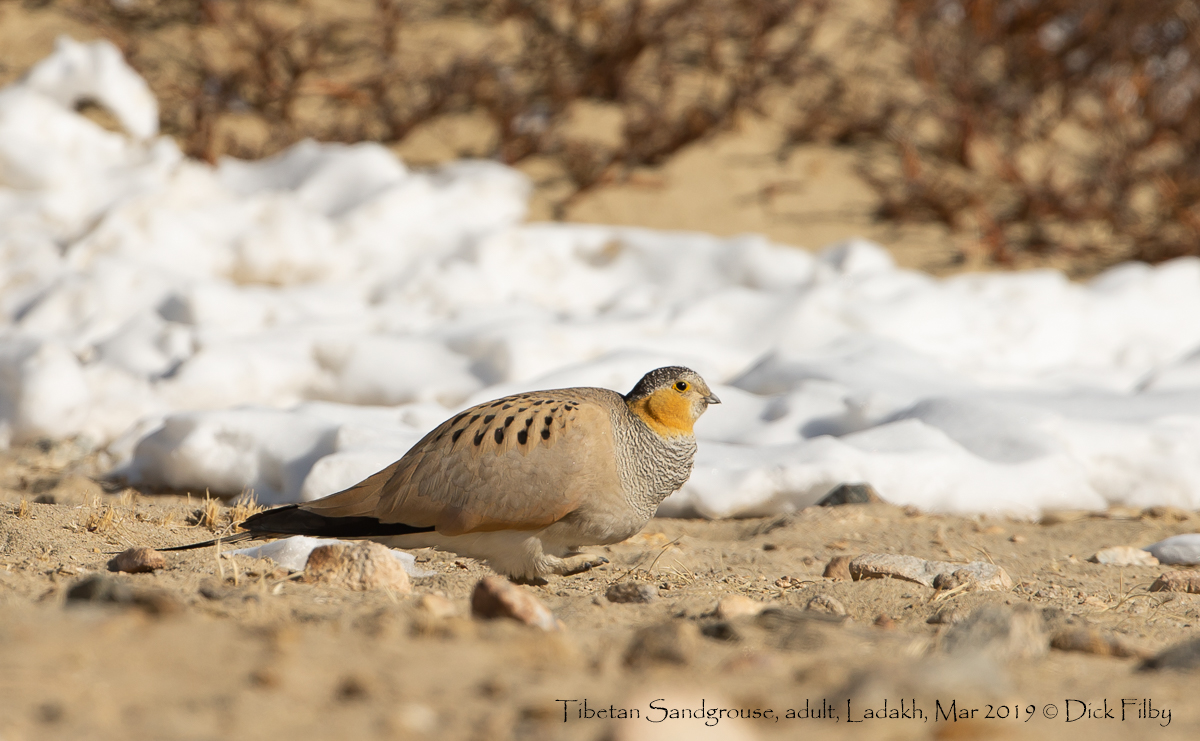
Tour Gallery
View a gallery of images for this tour below, click on an image to view as full size with caption
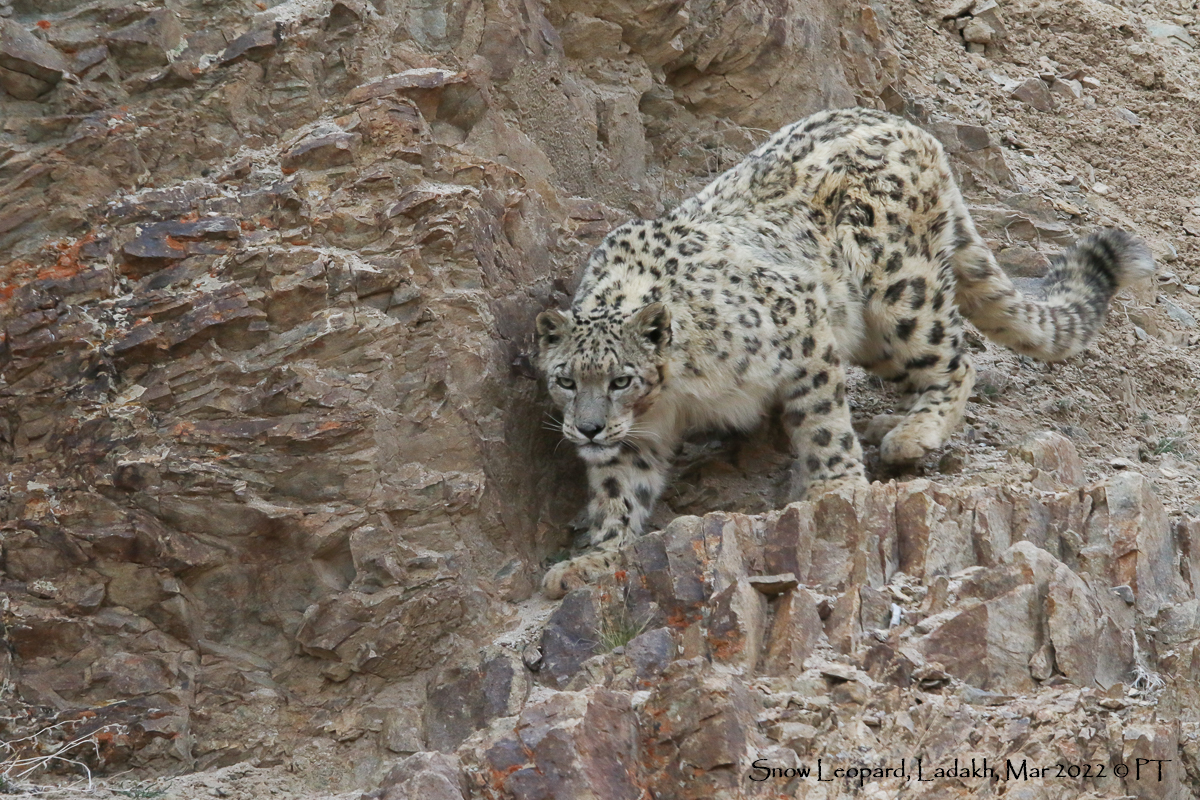
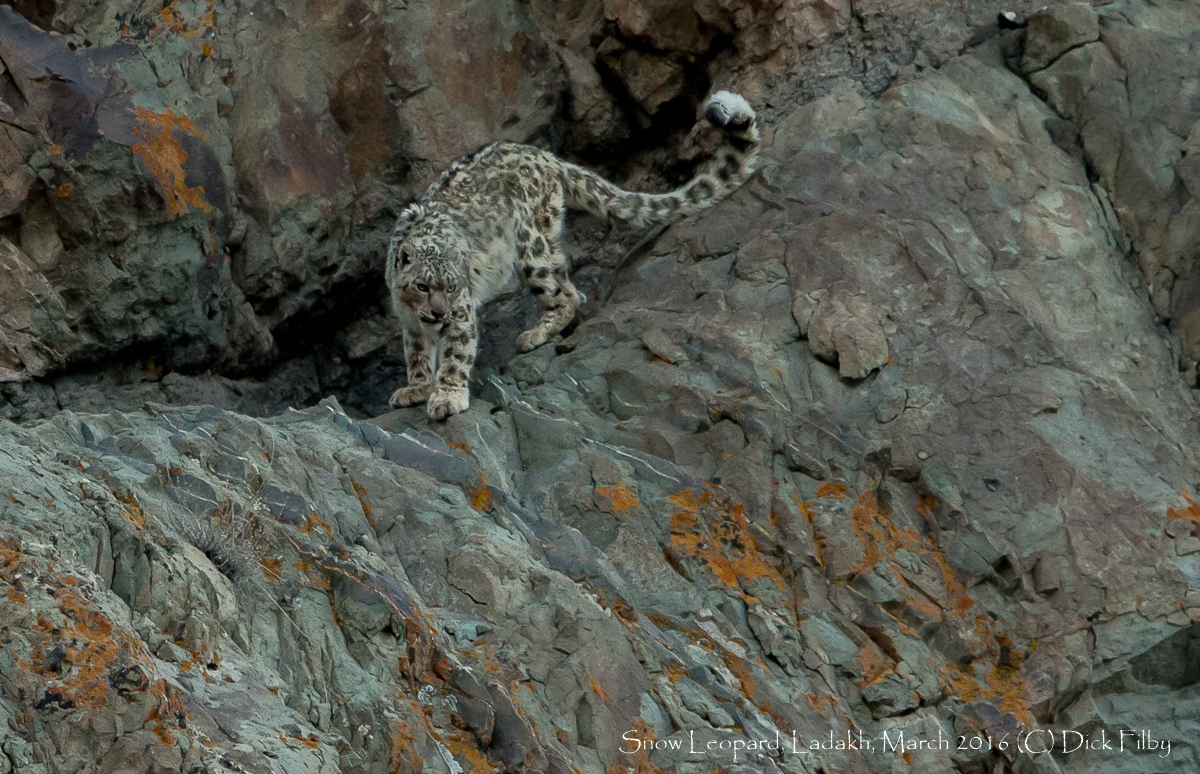
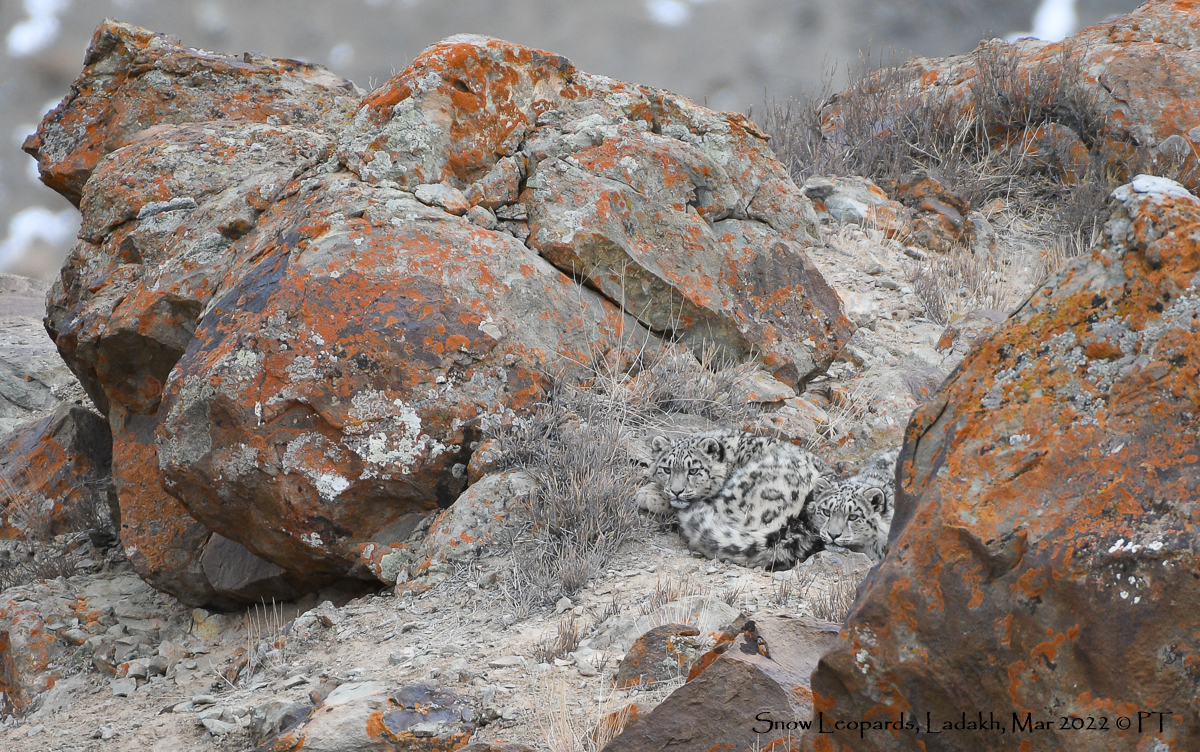
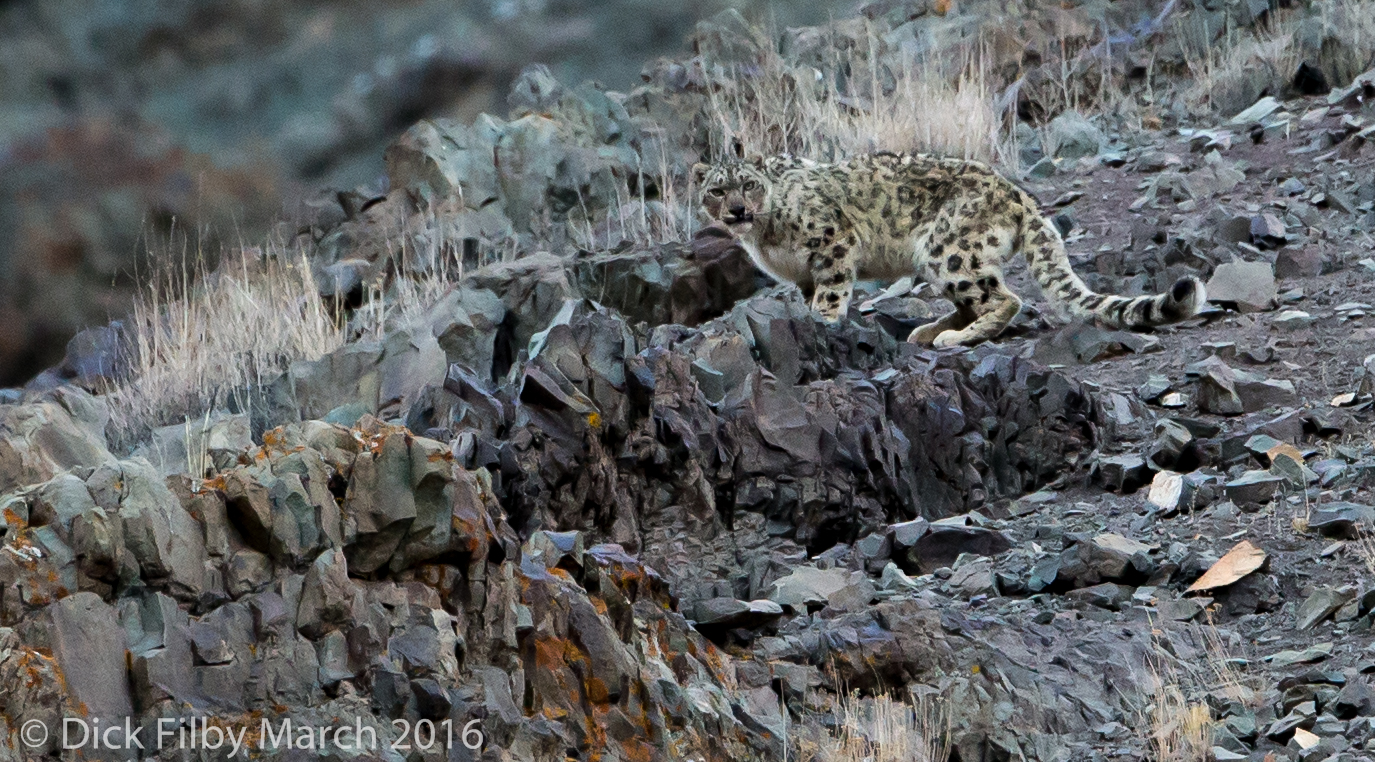


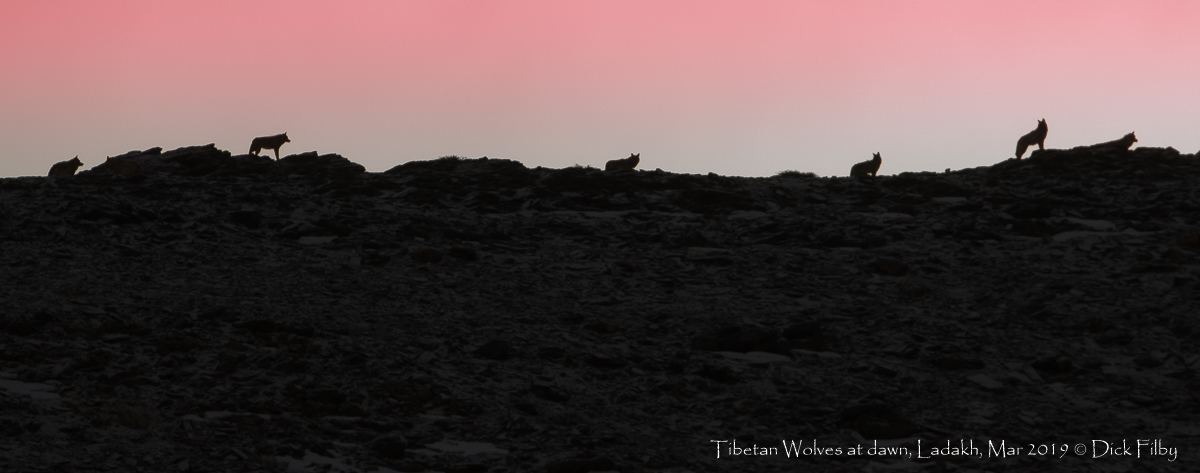

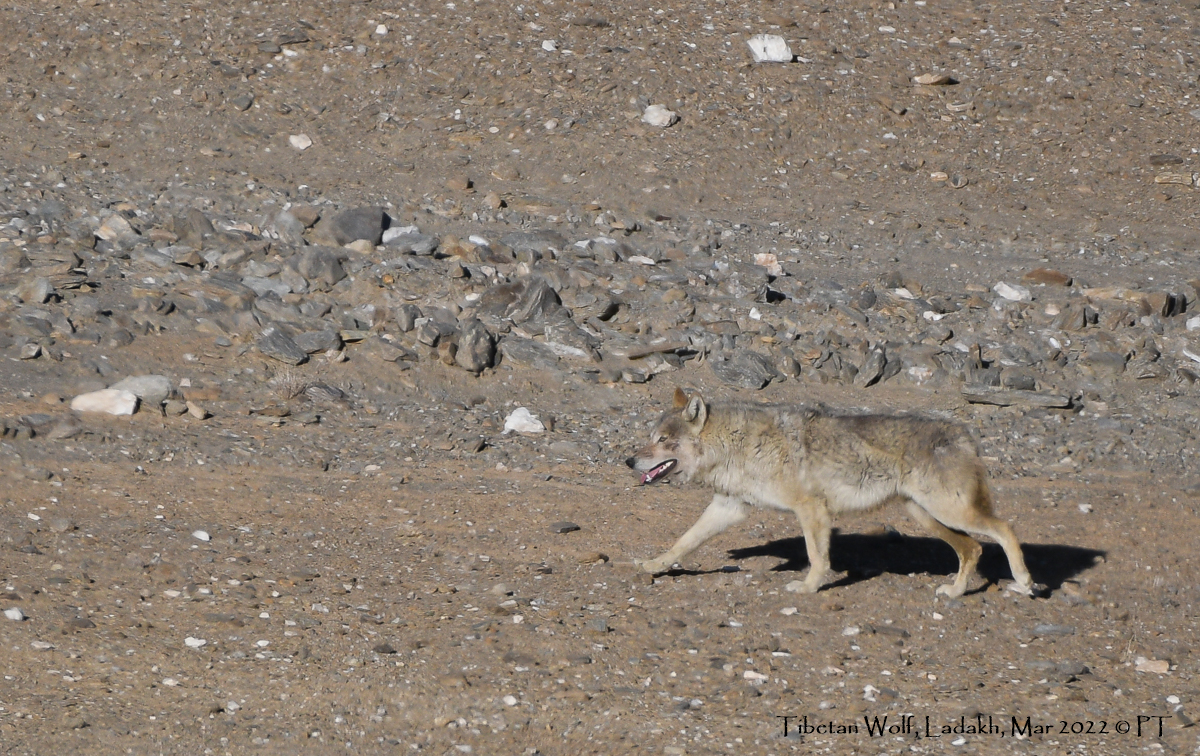


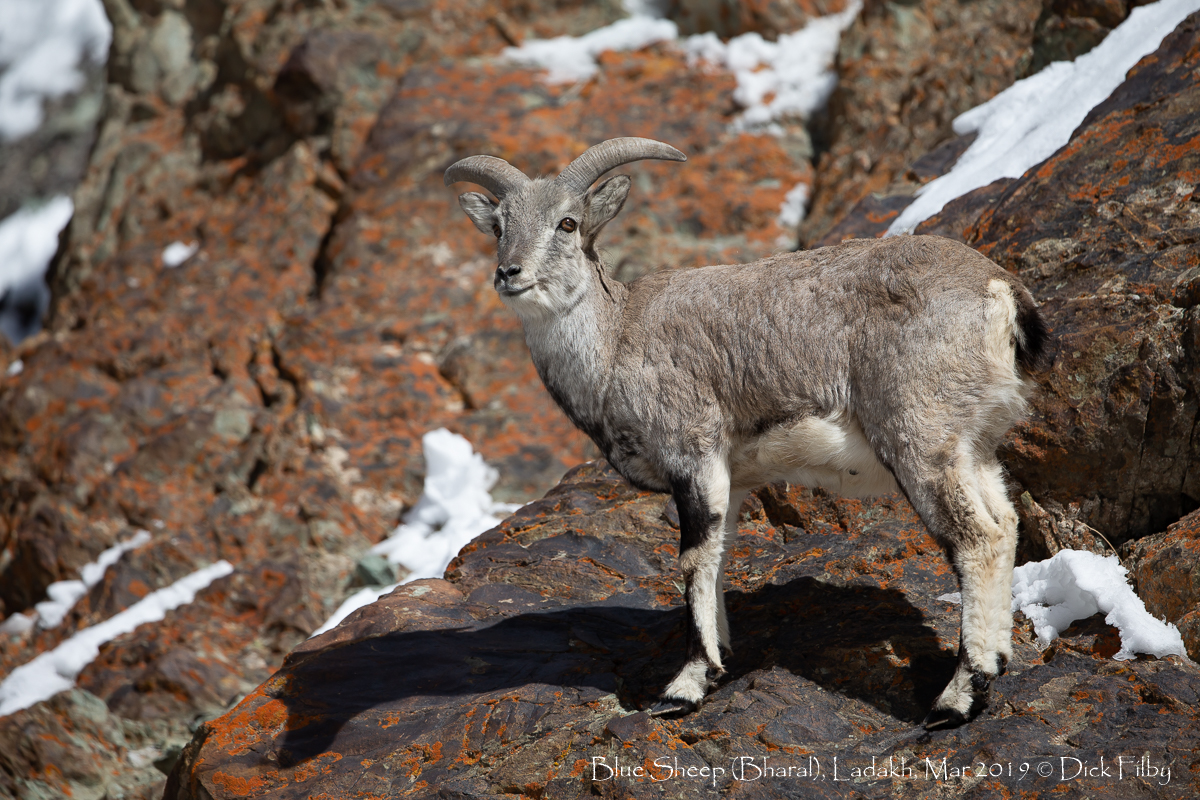


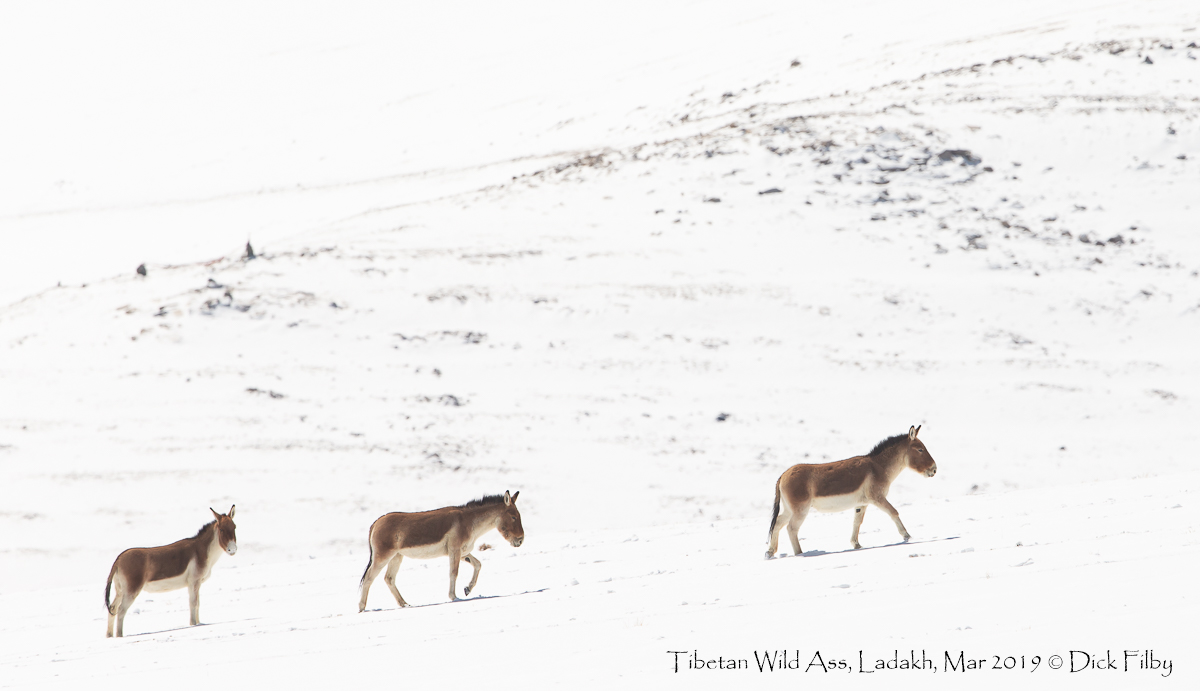

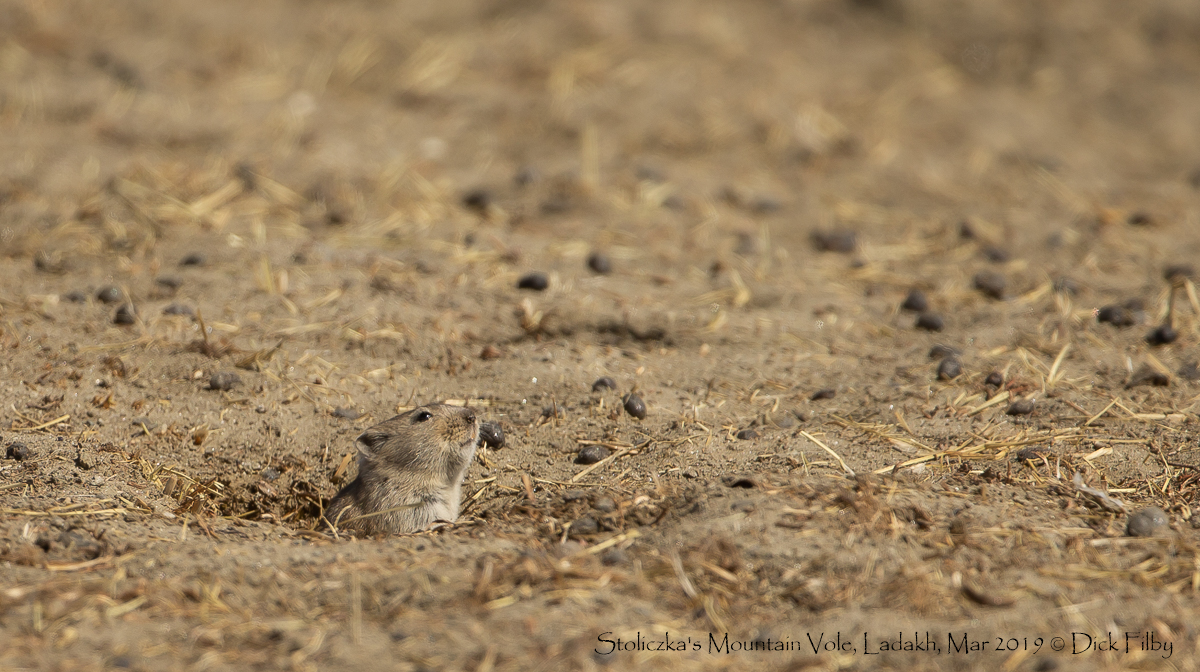
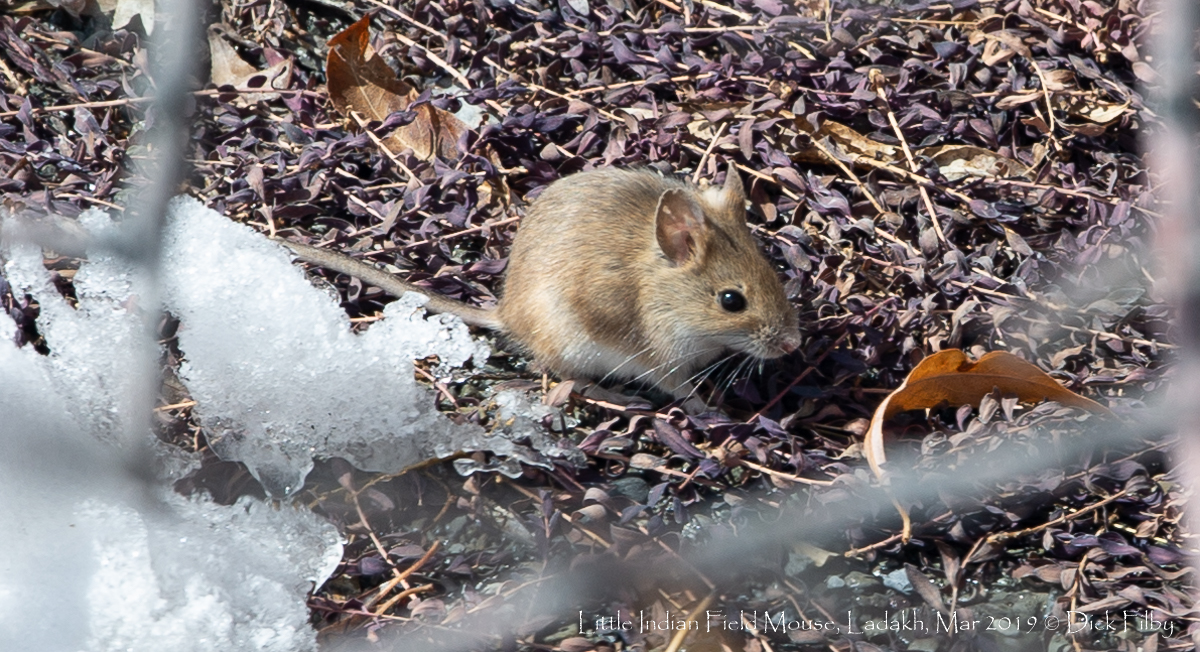
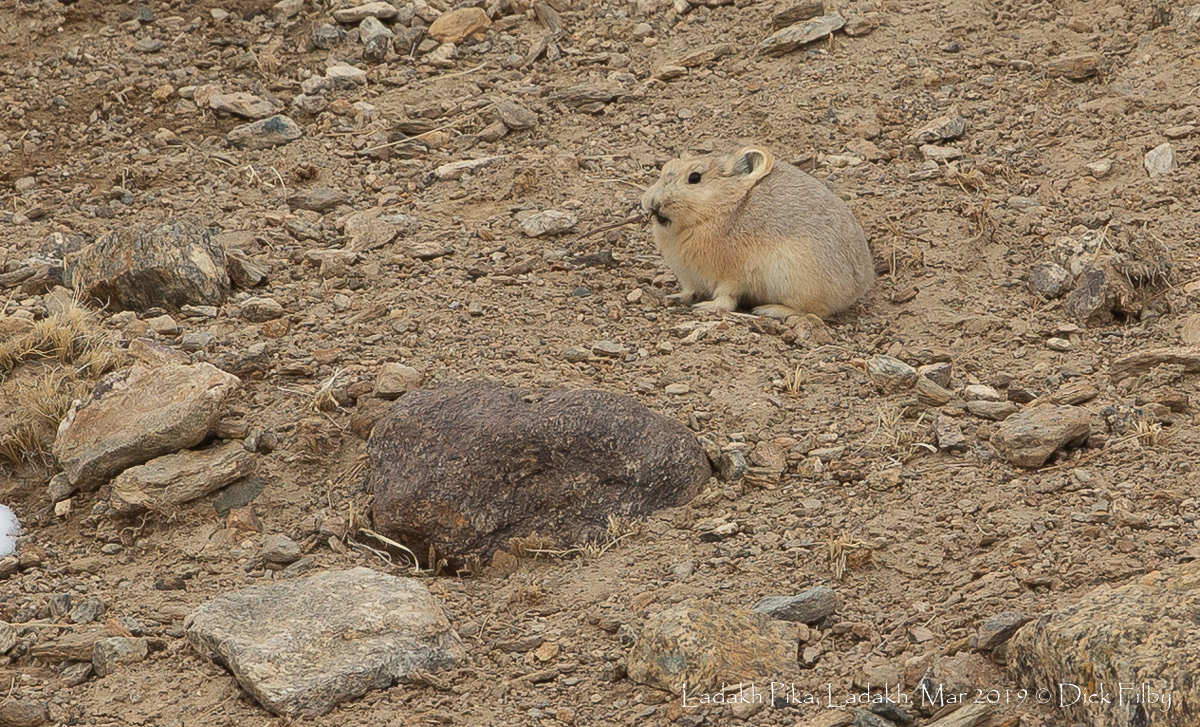
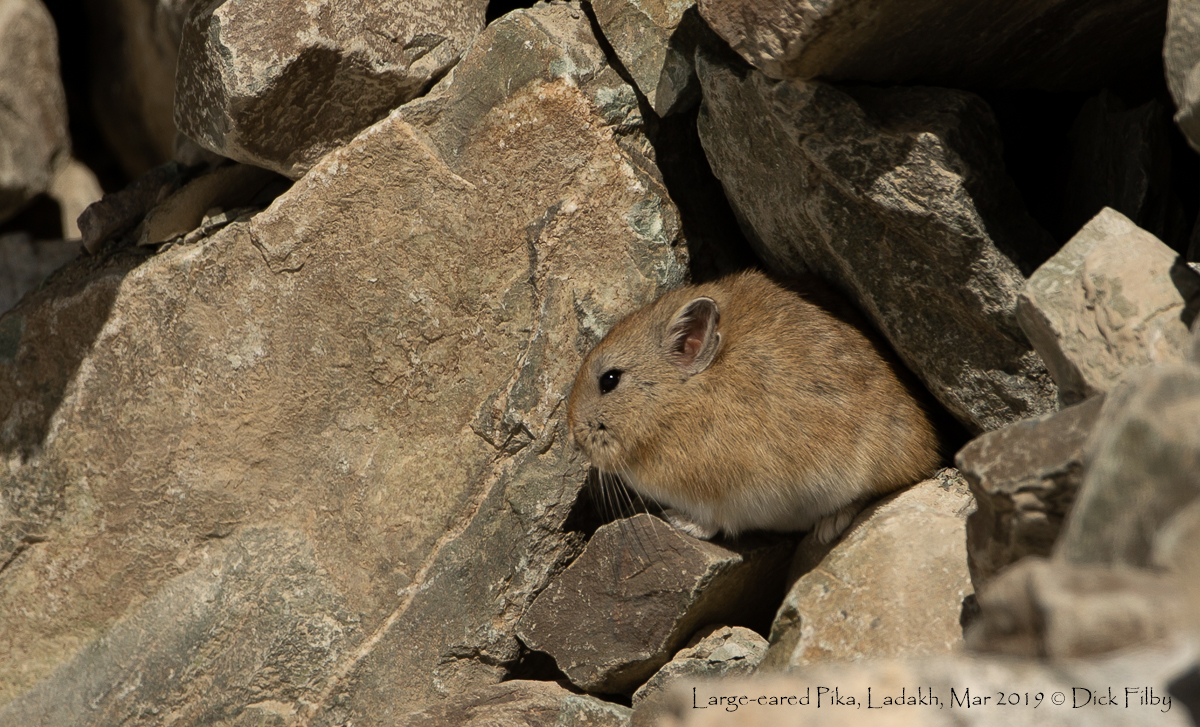


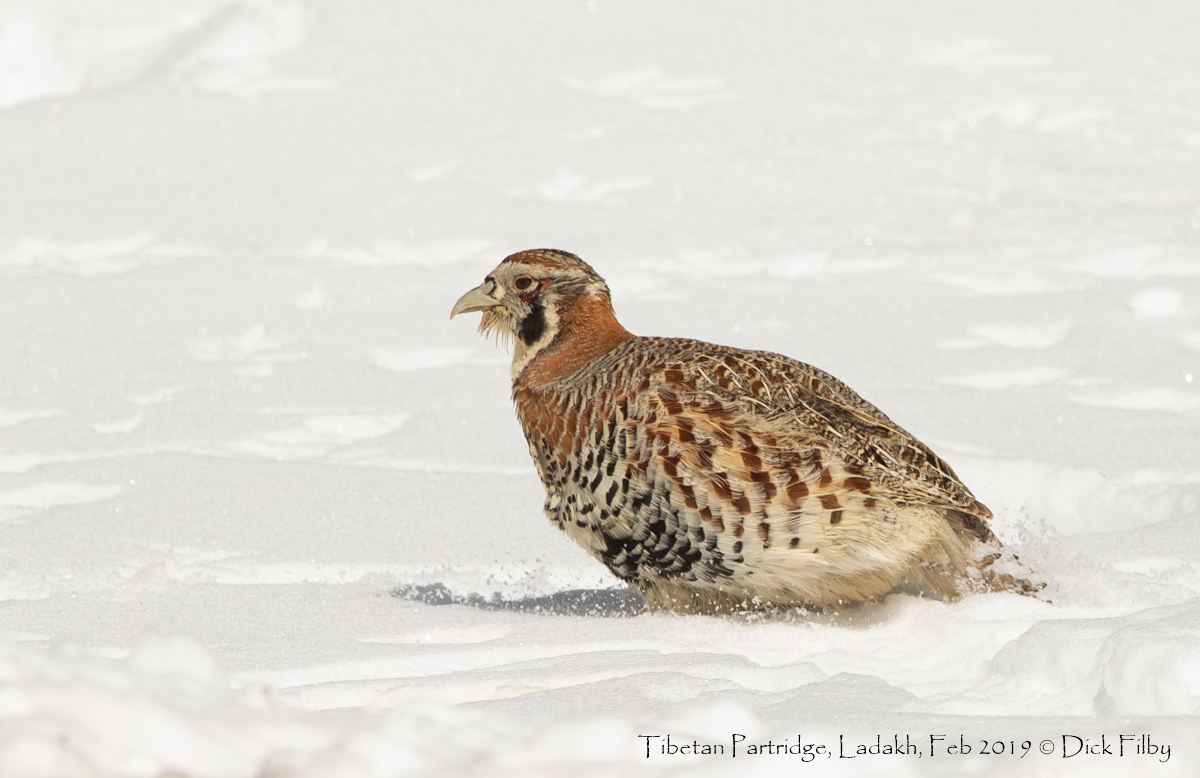
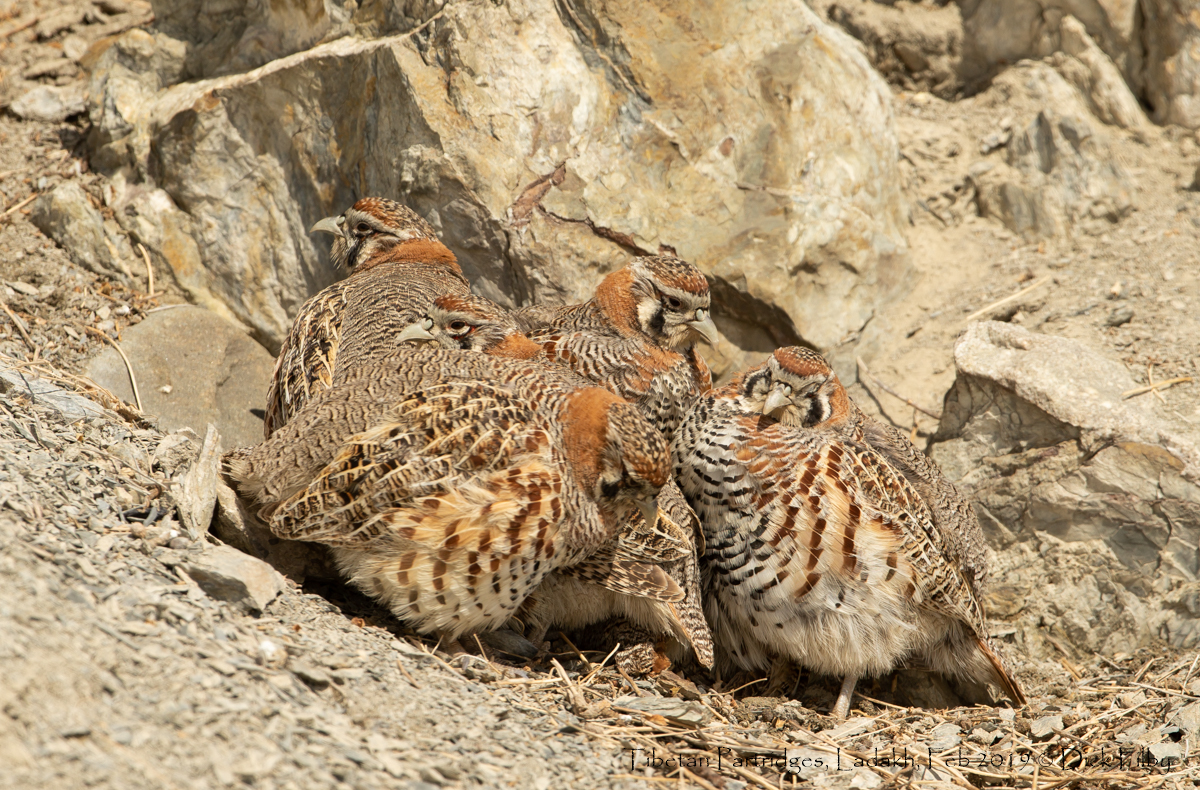
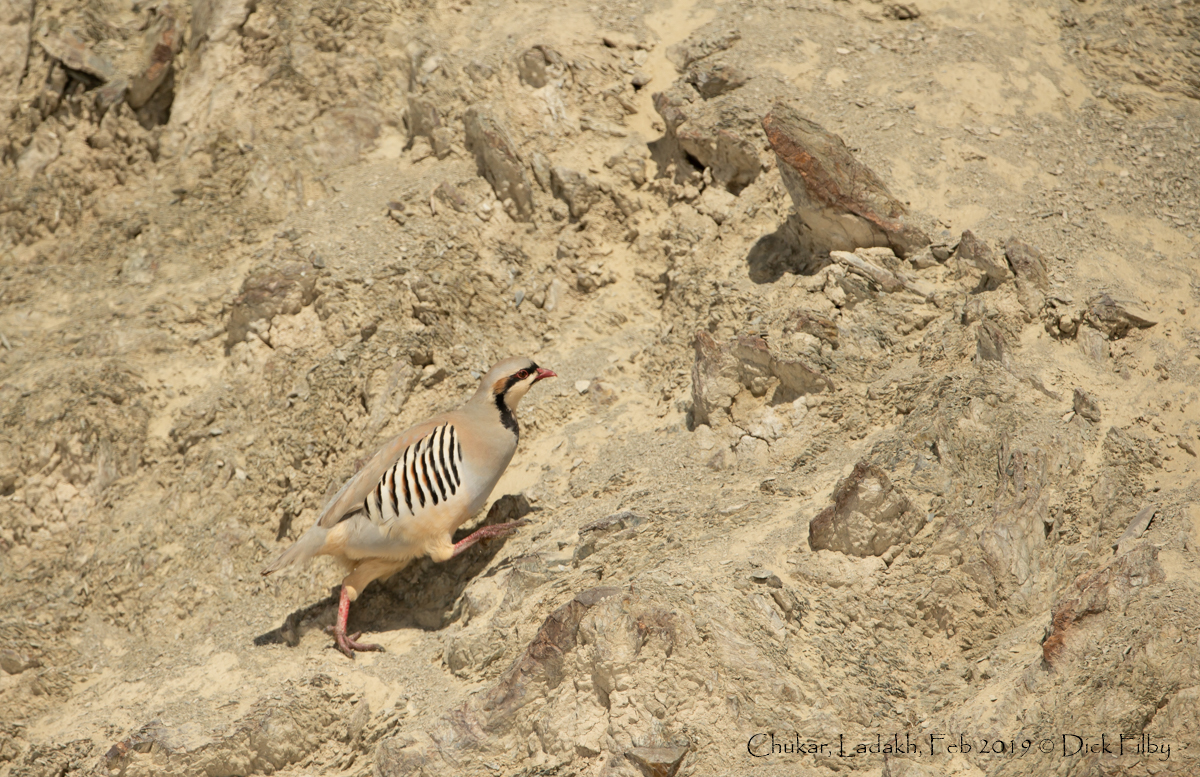
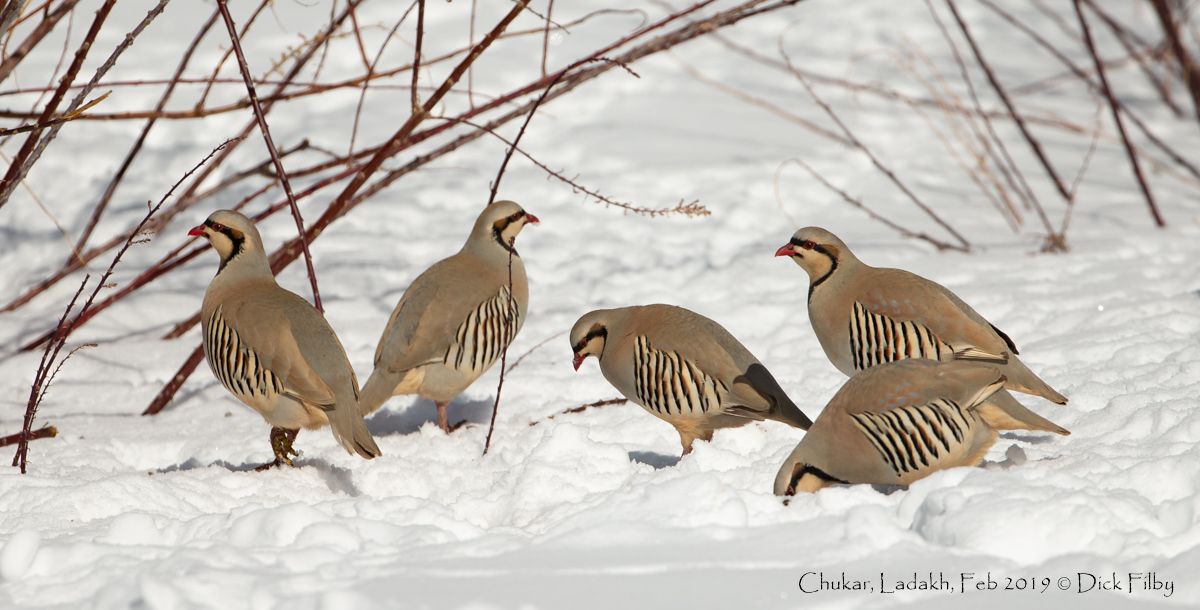
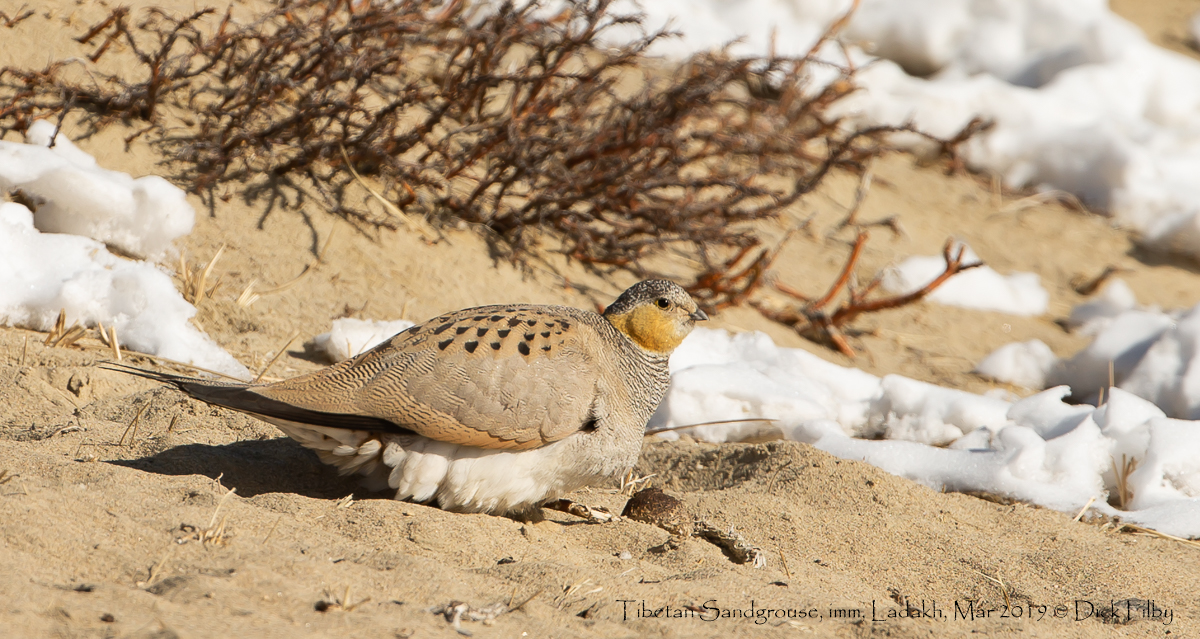
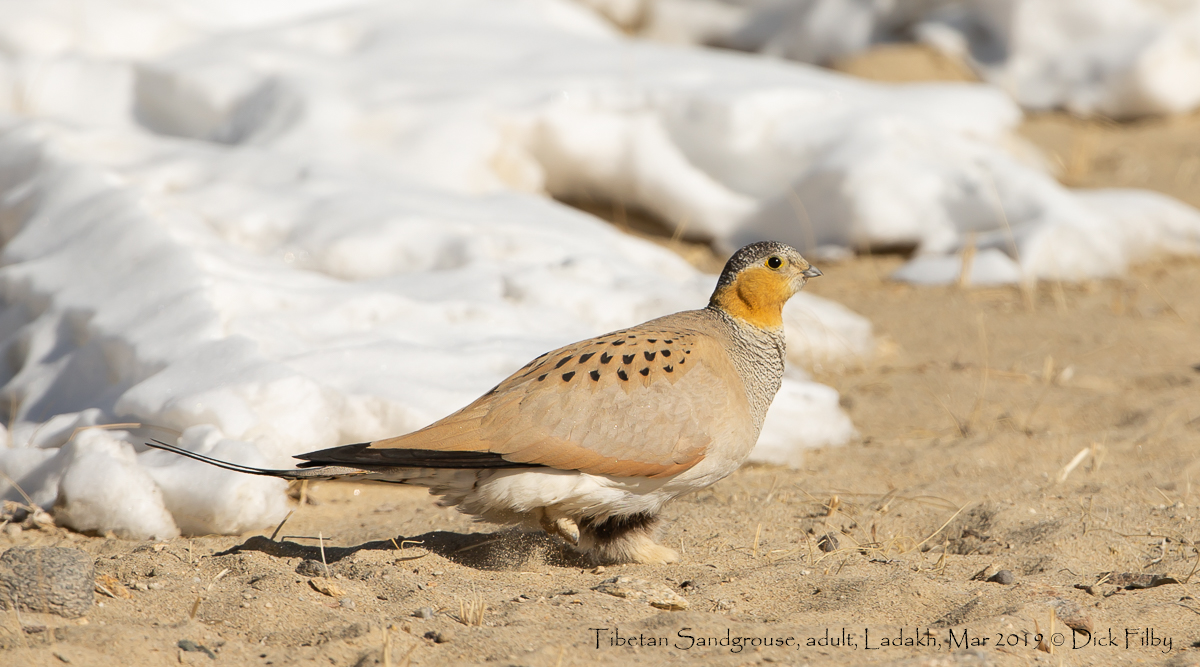

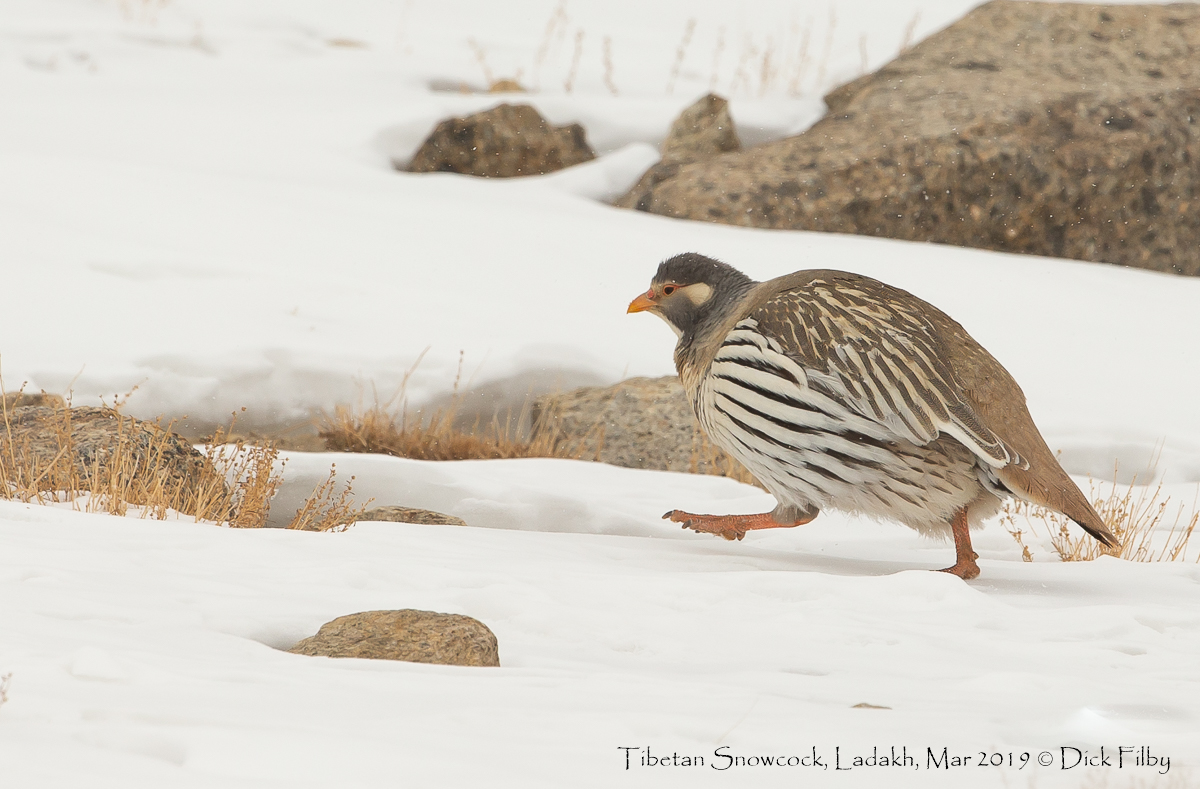
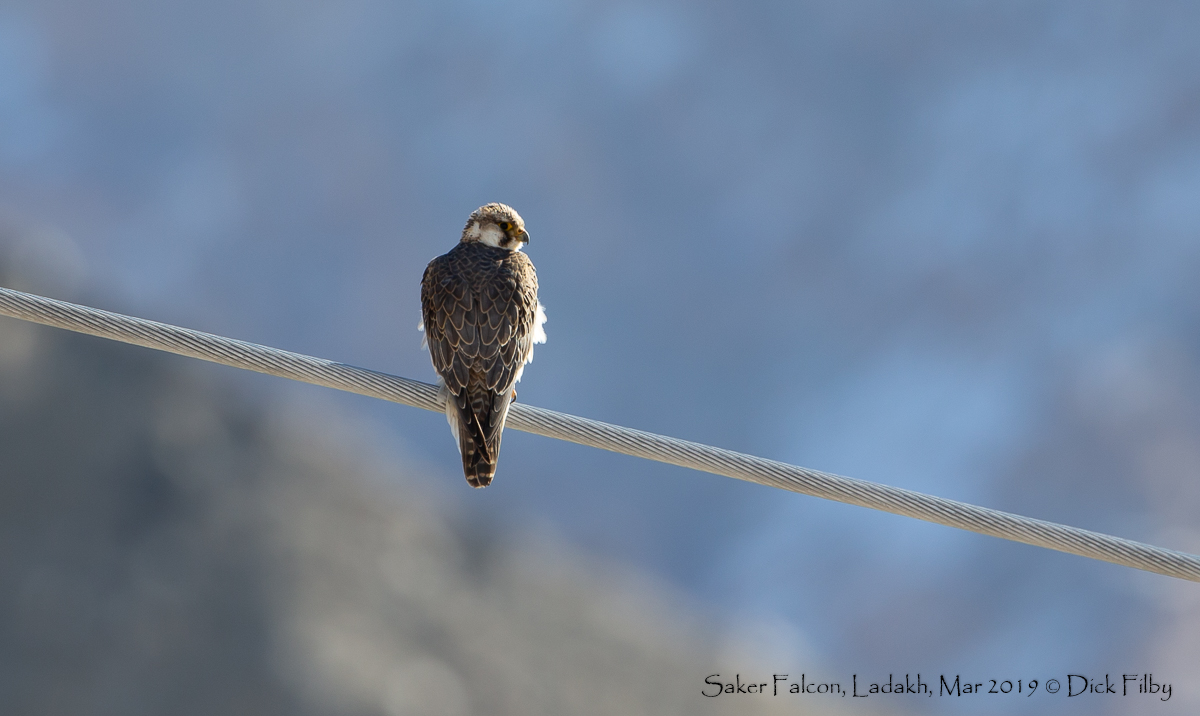



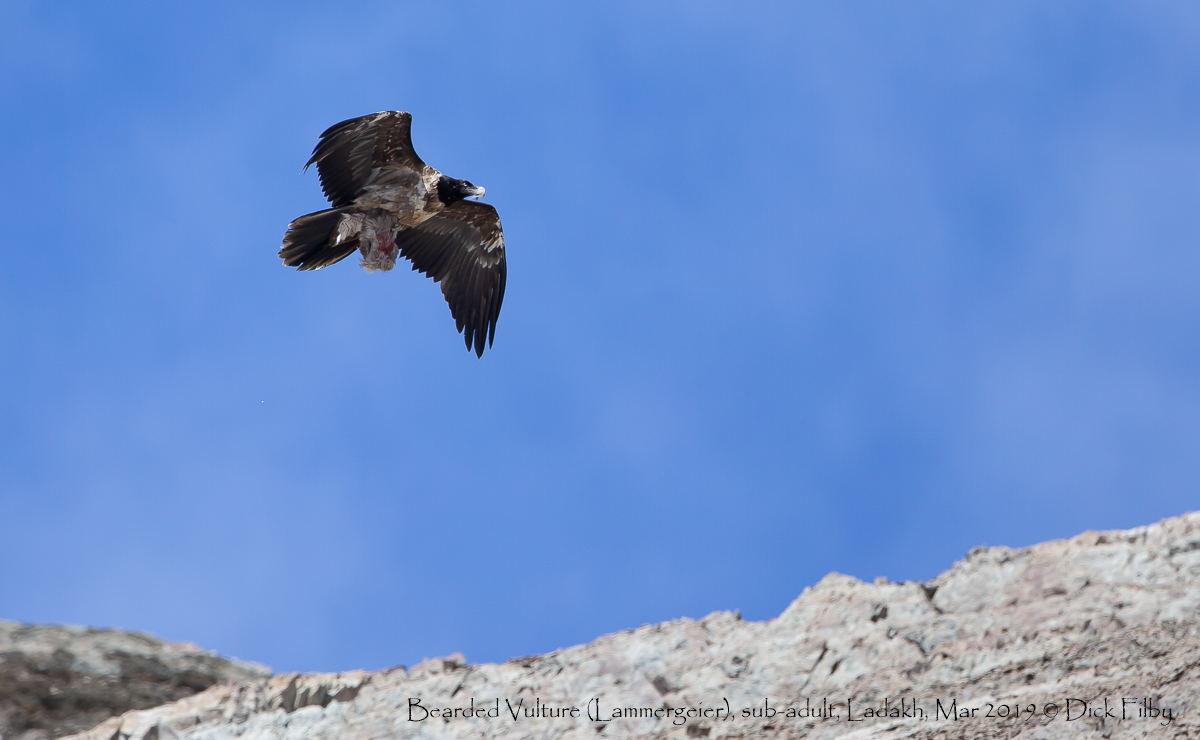
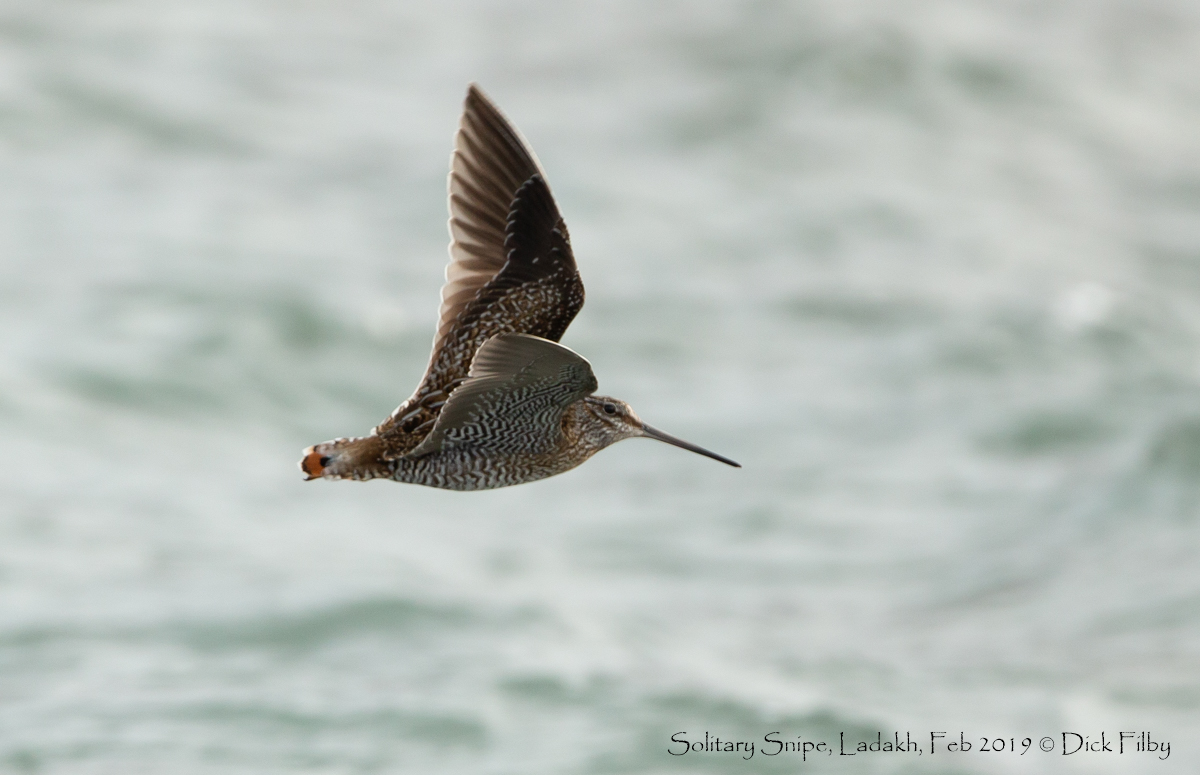
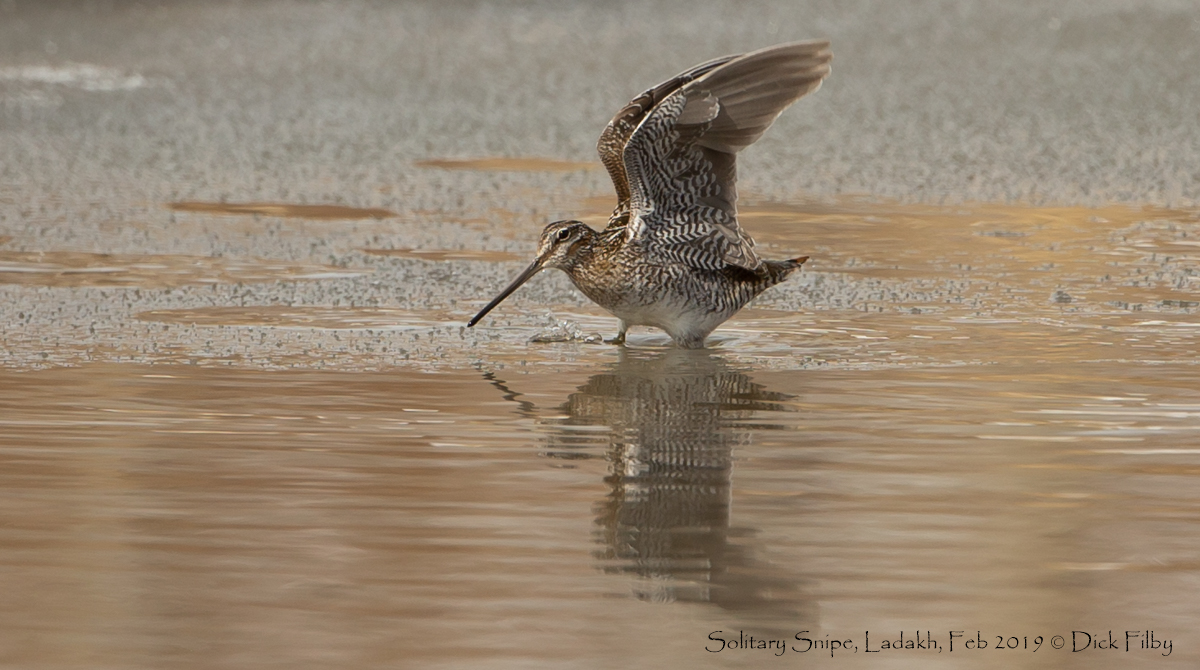

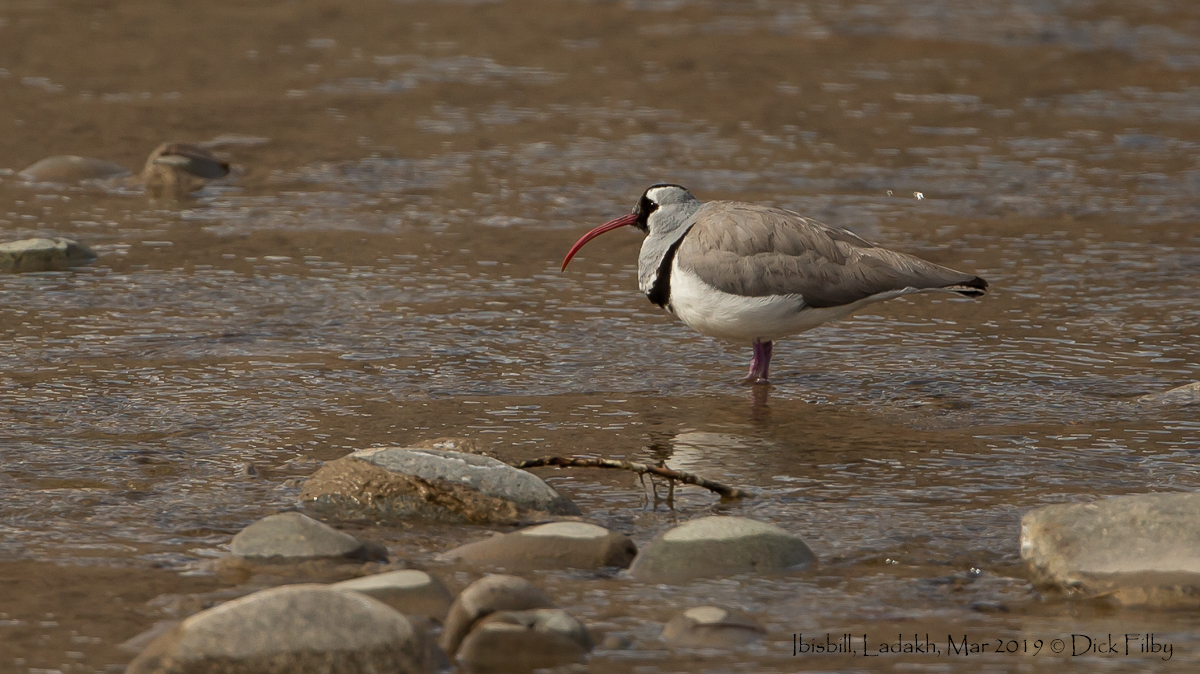
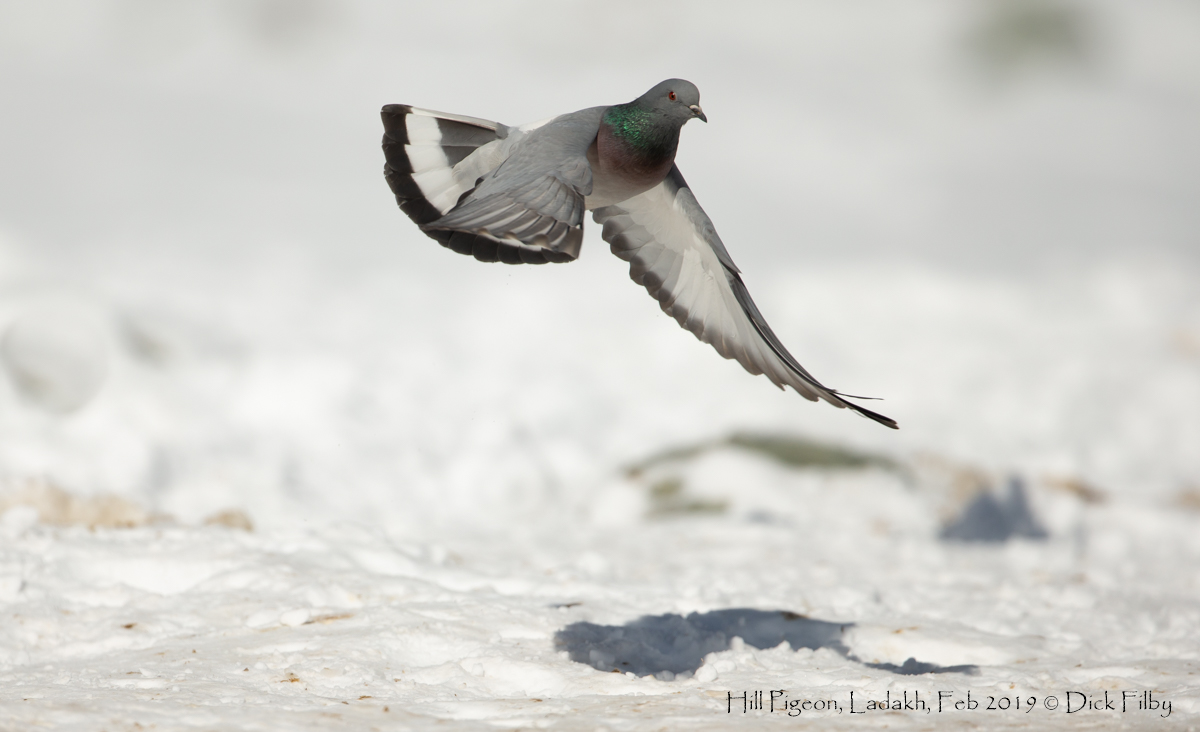
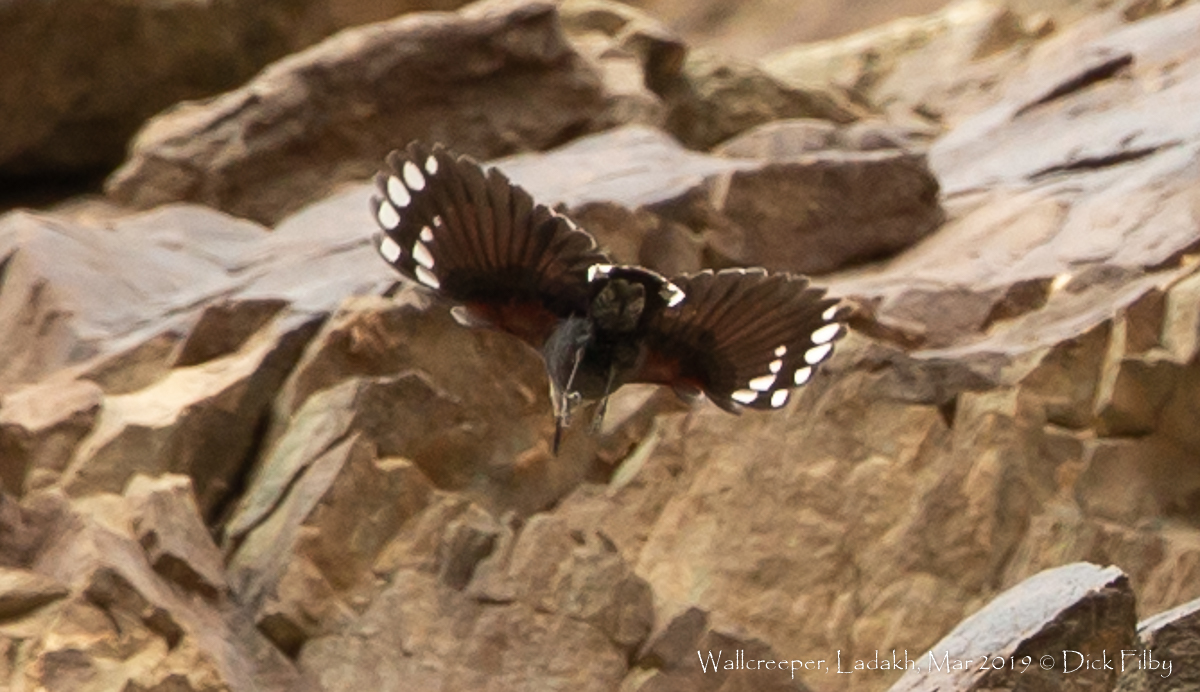



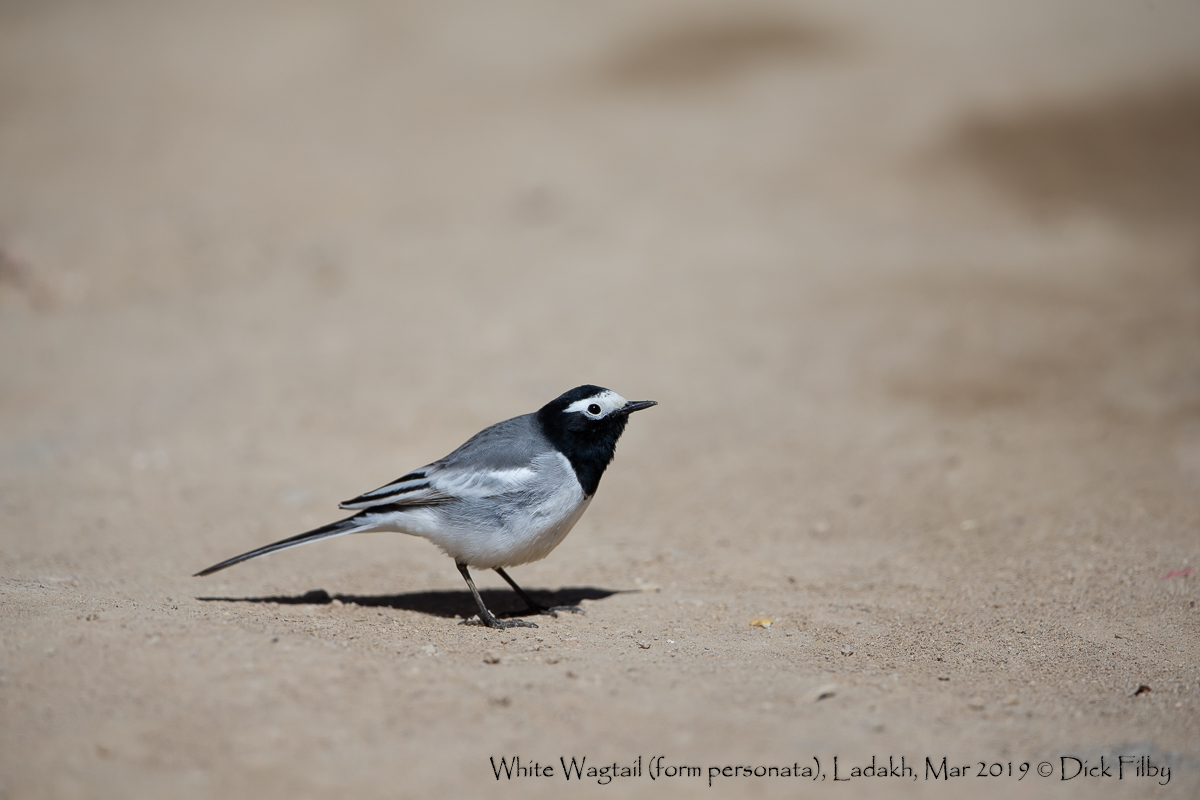
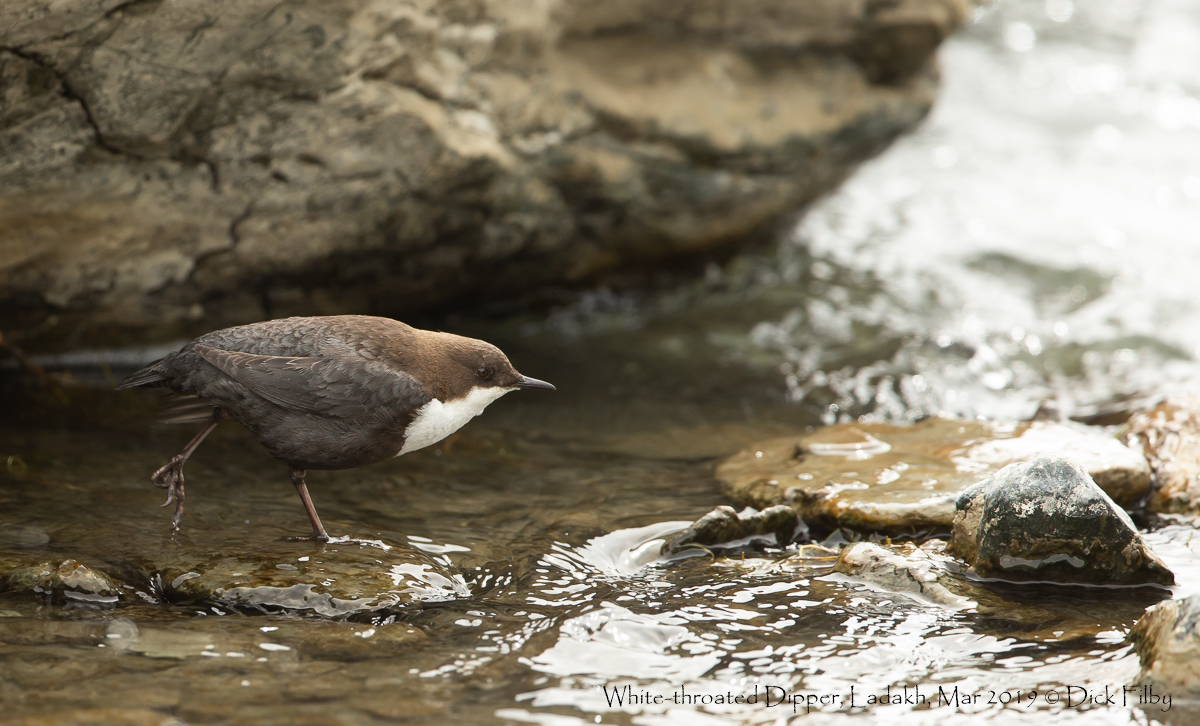

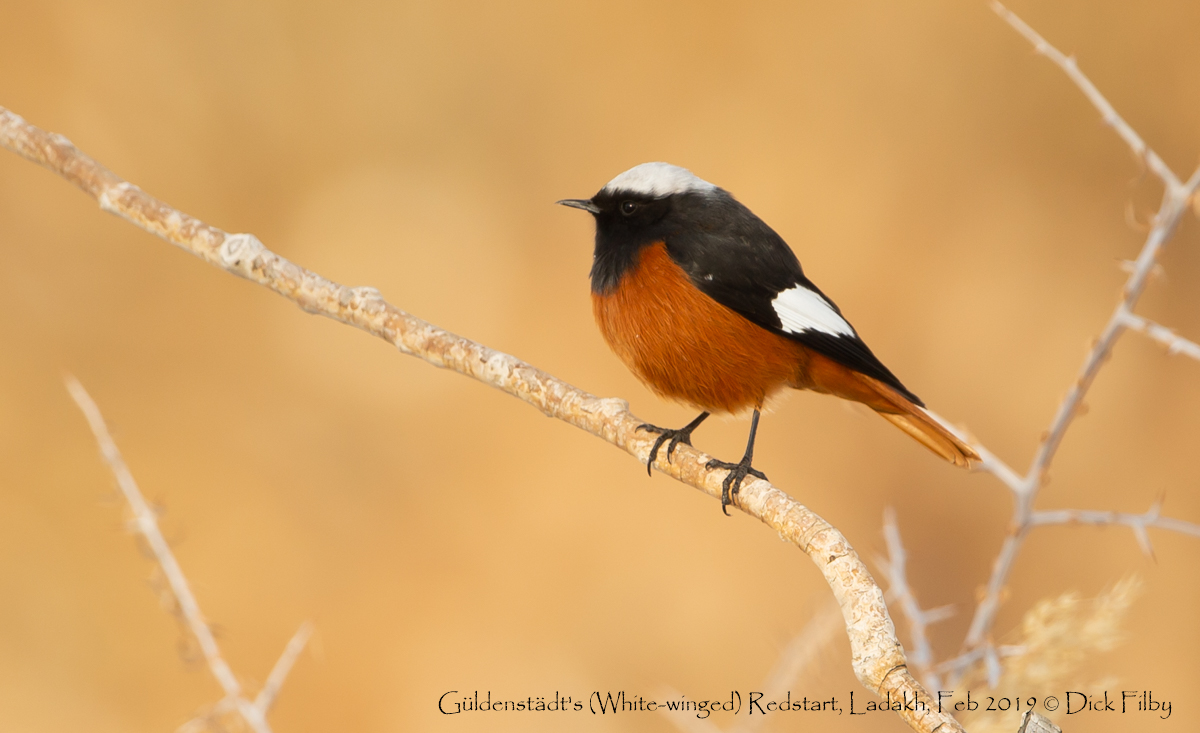
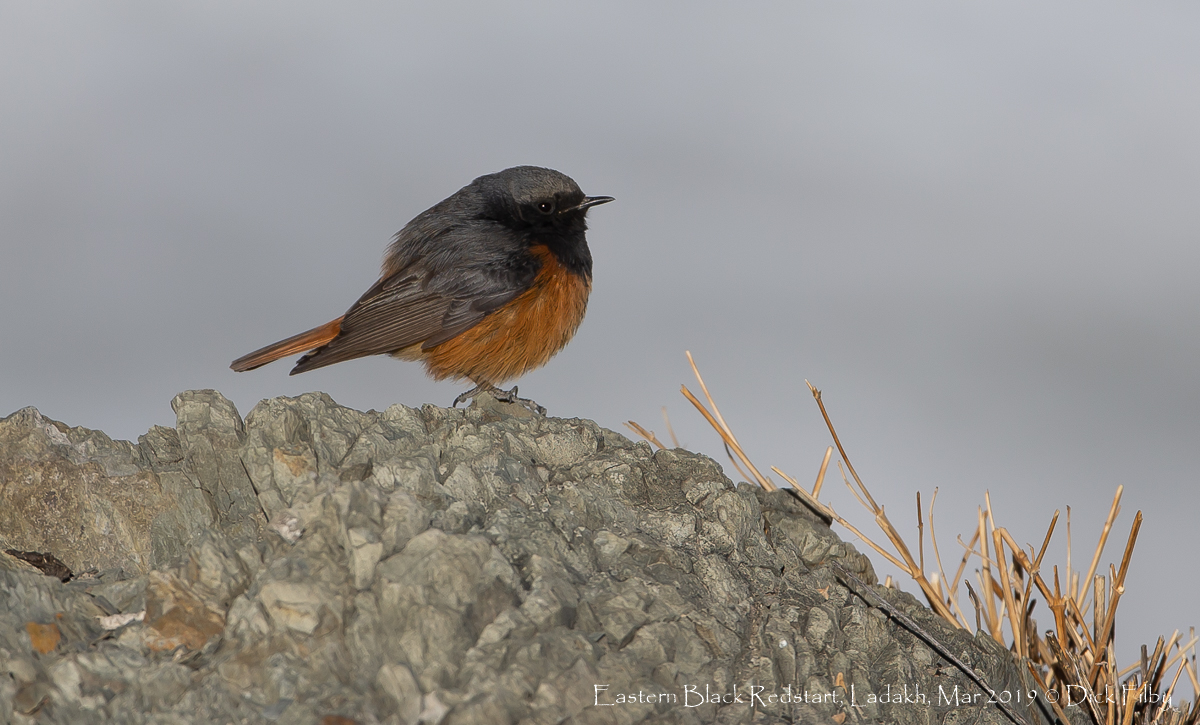

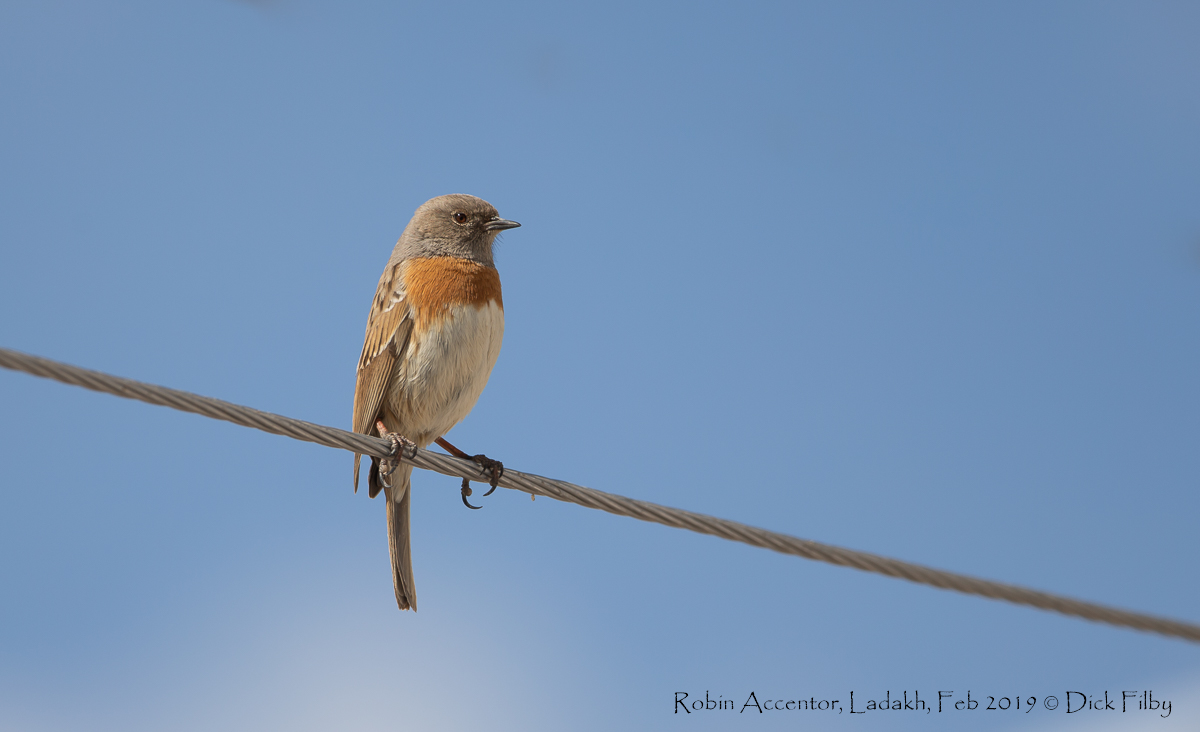


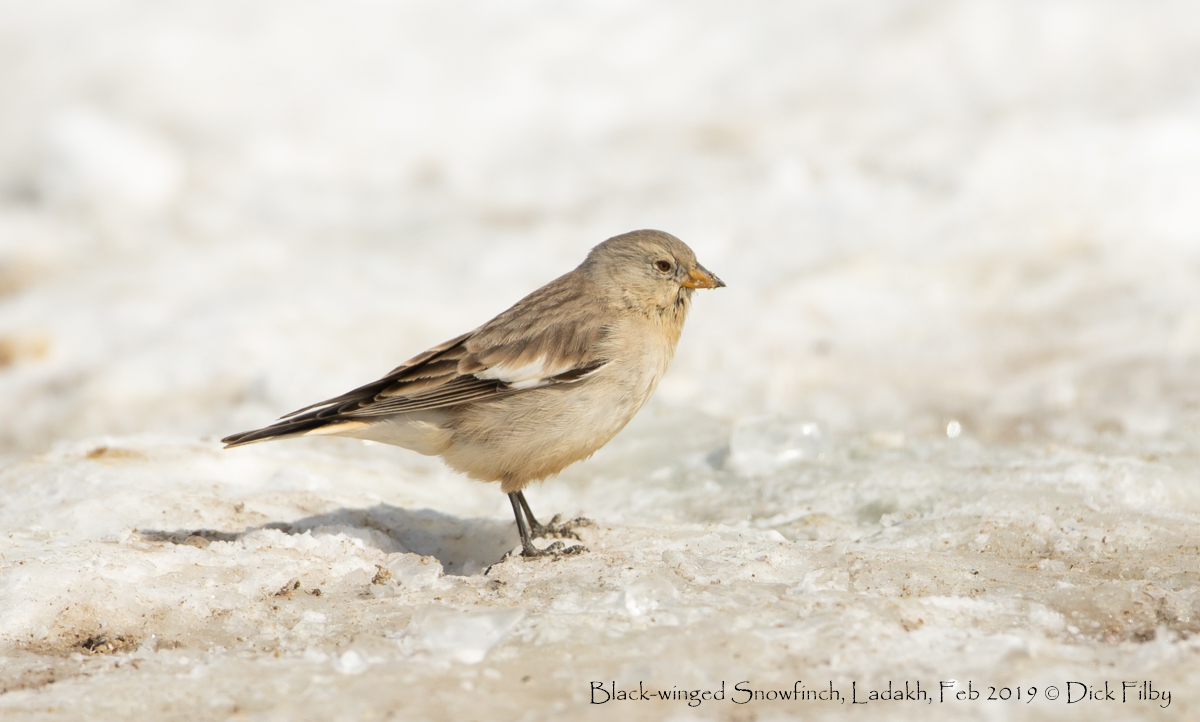

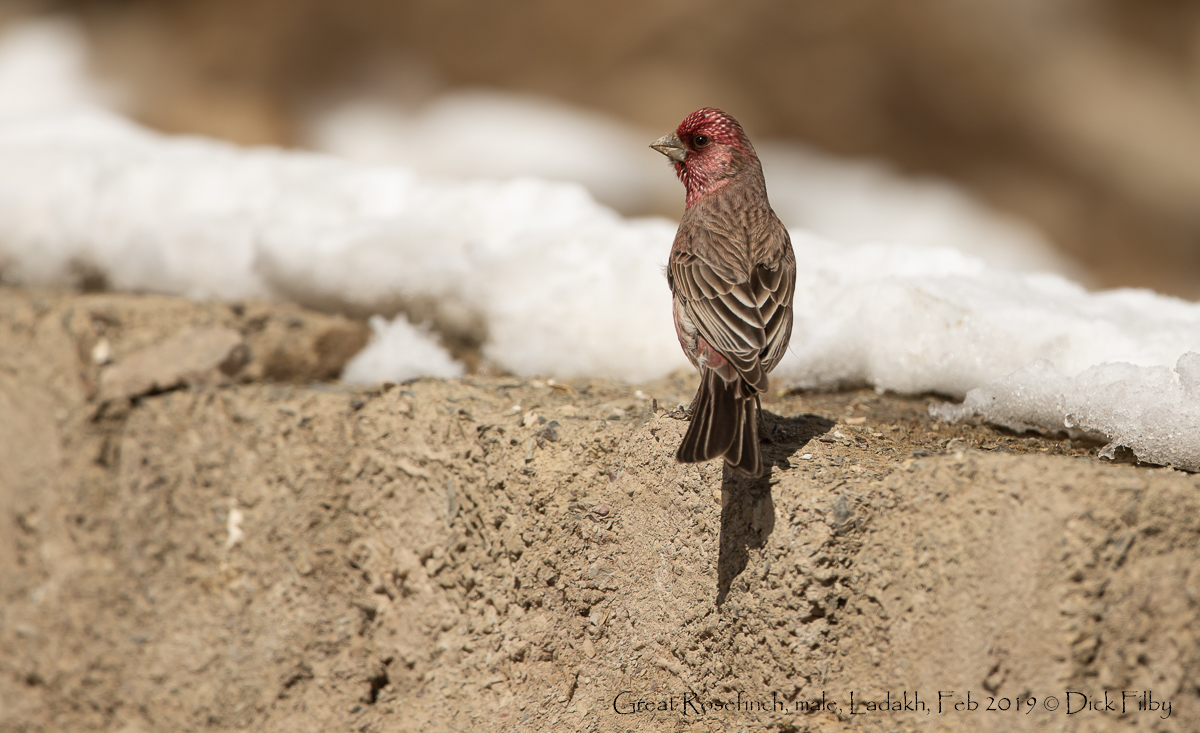

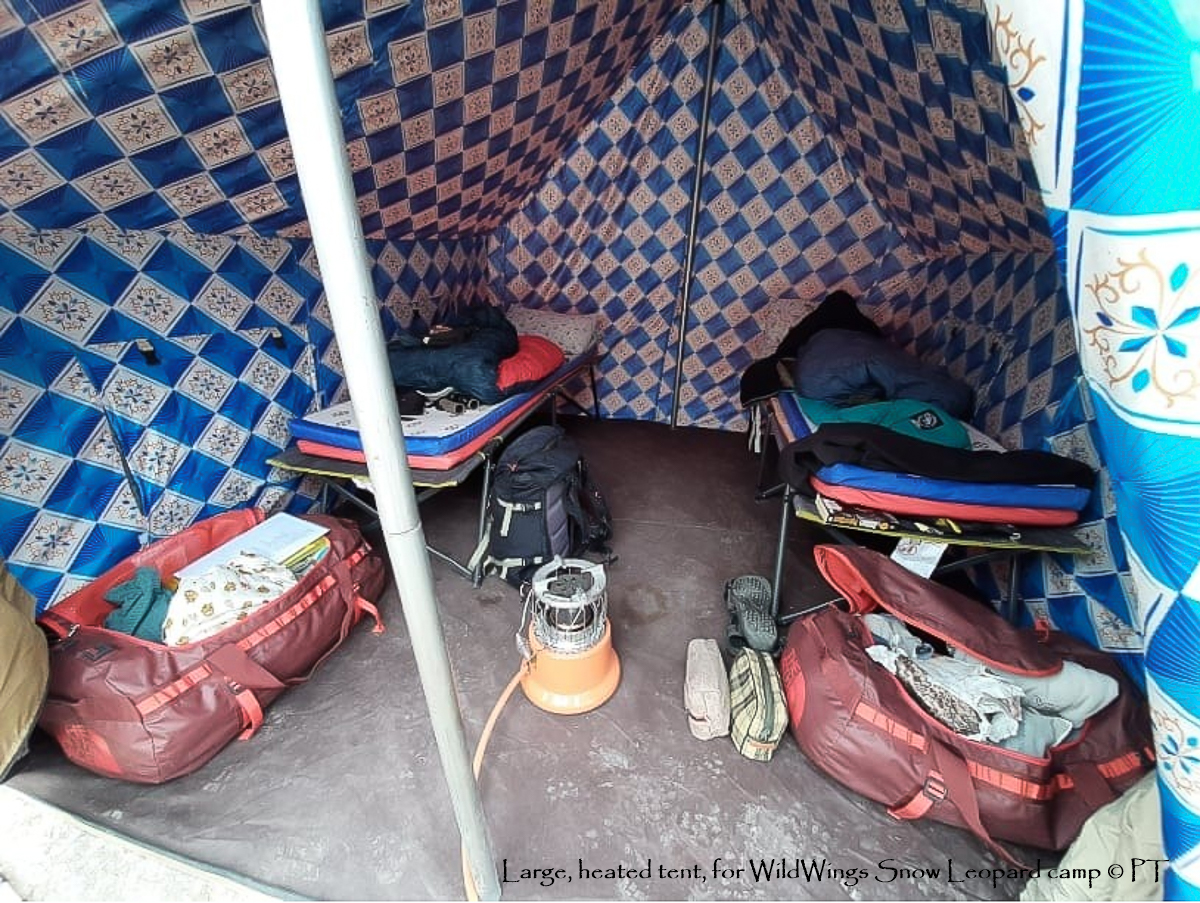
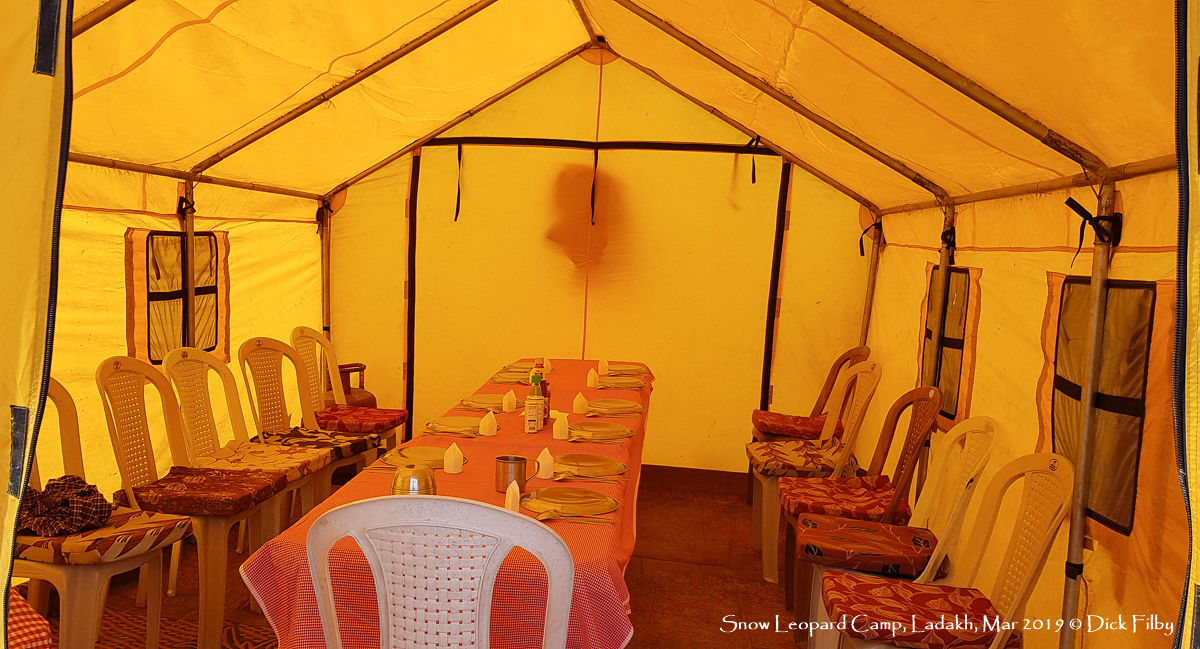
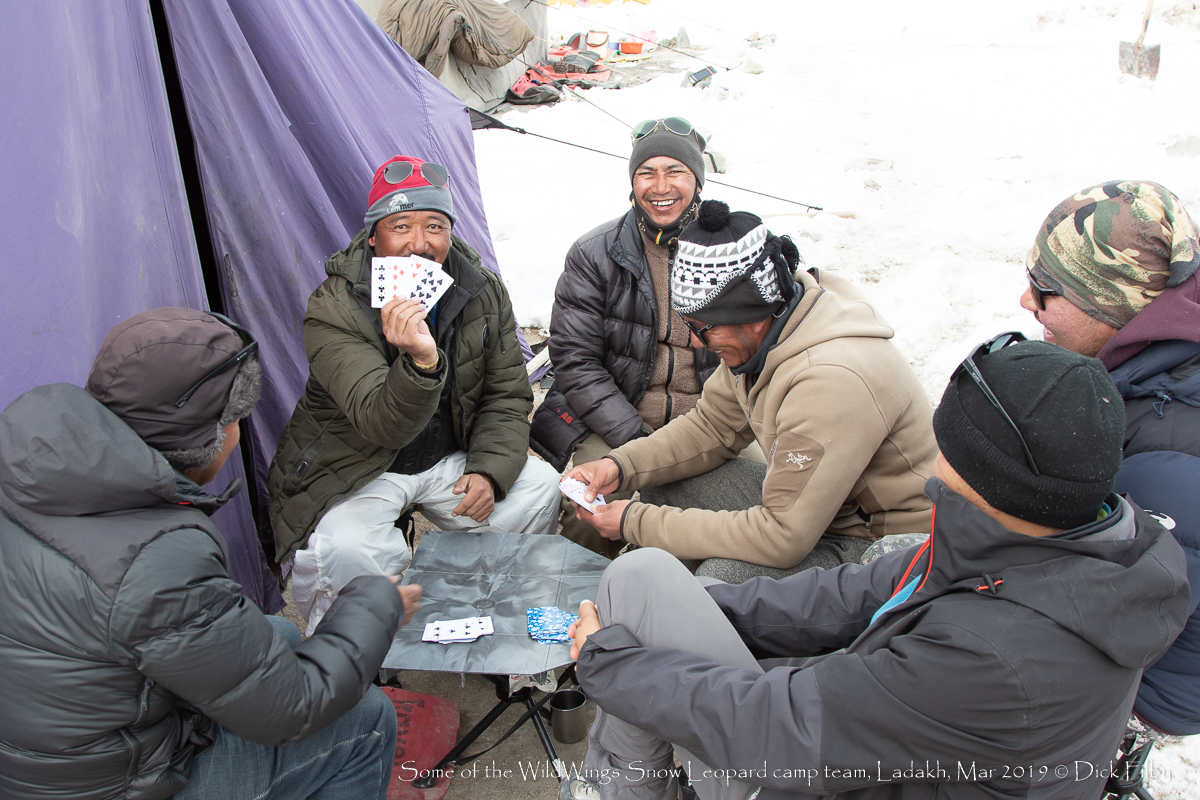
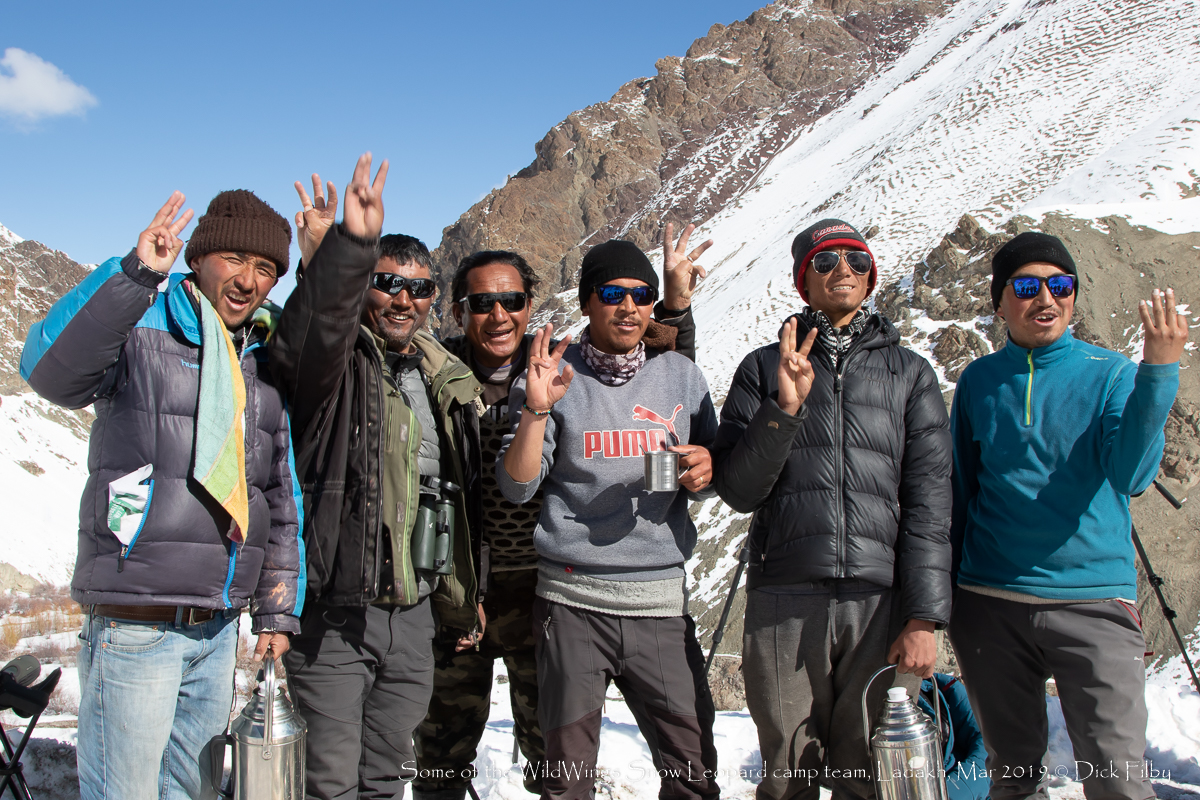
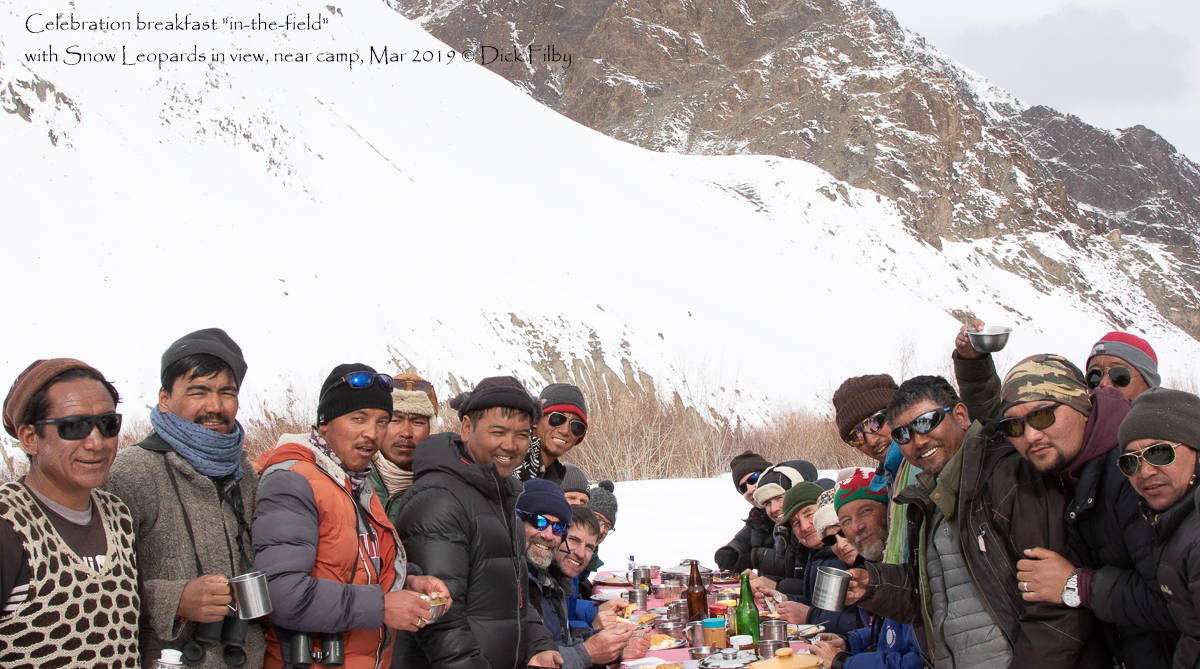
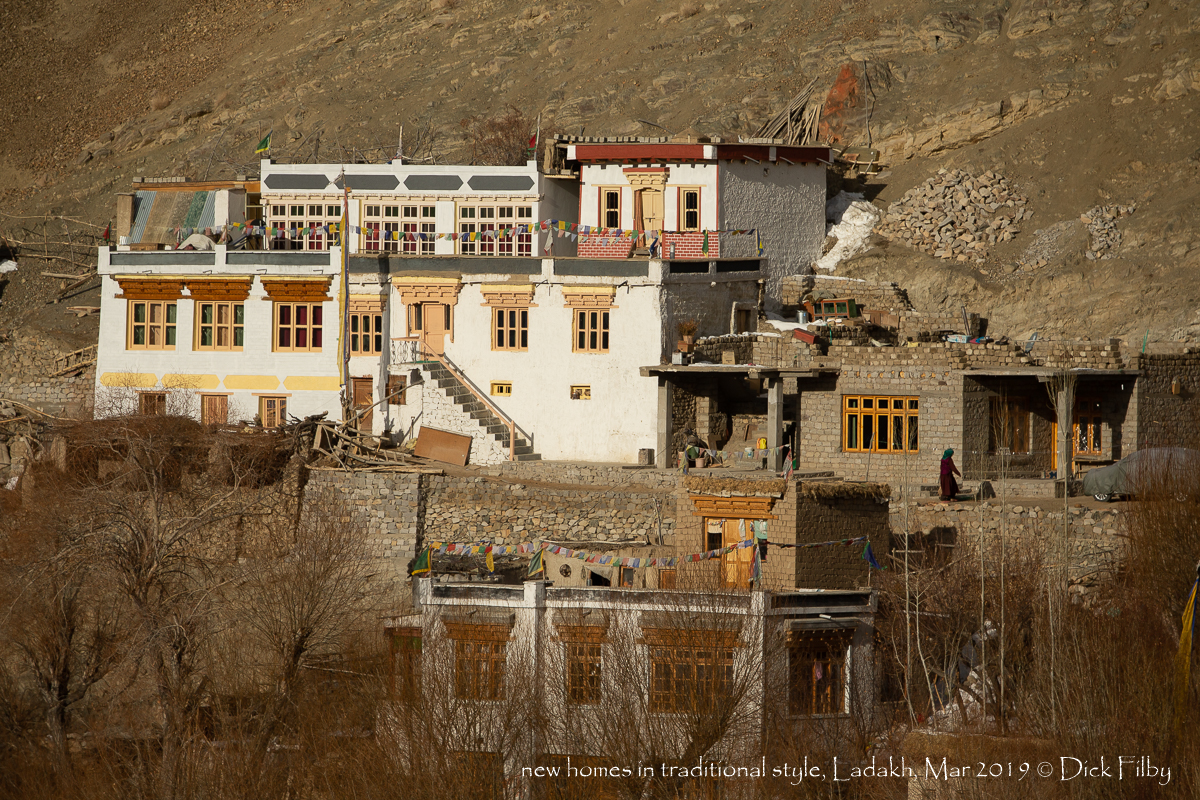


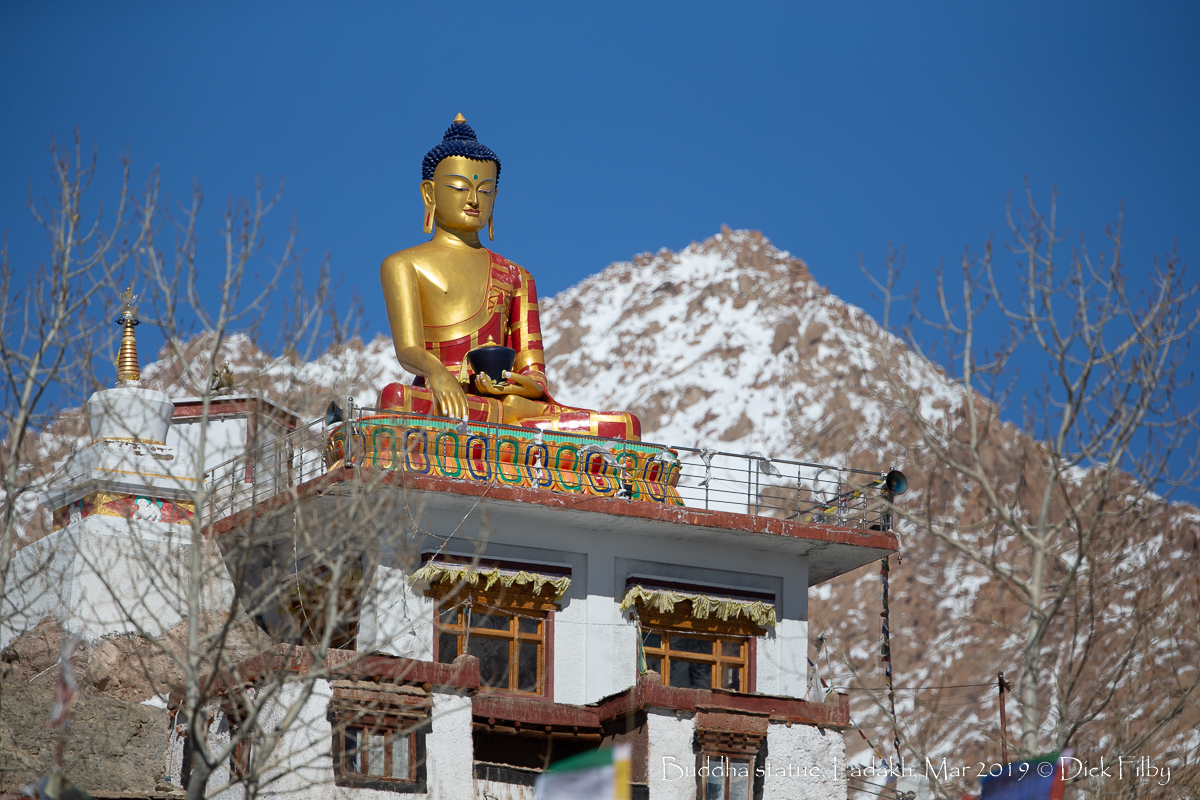
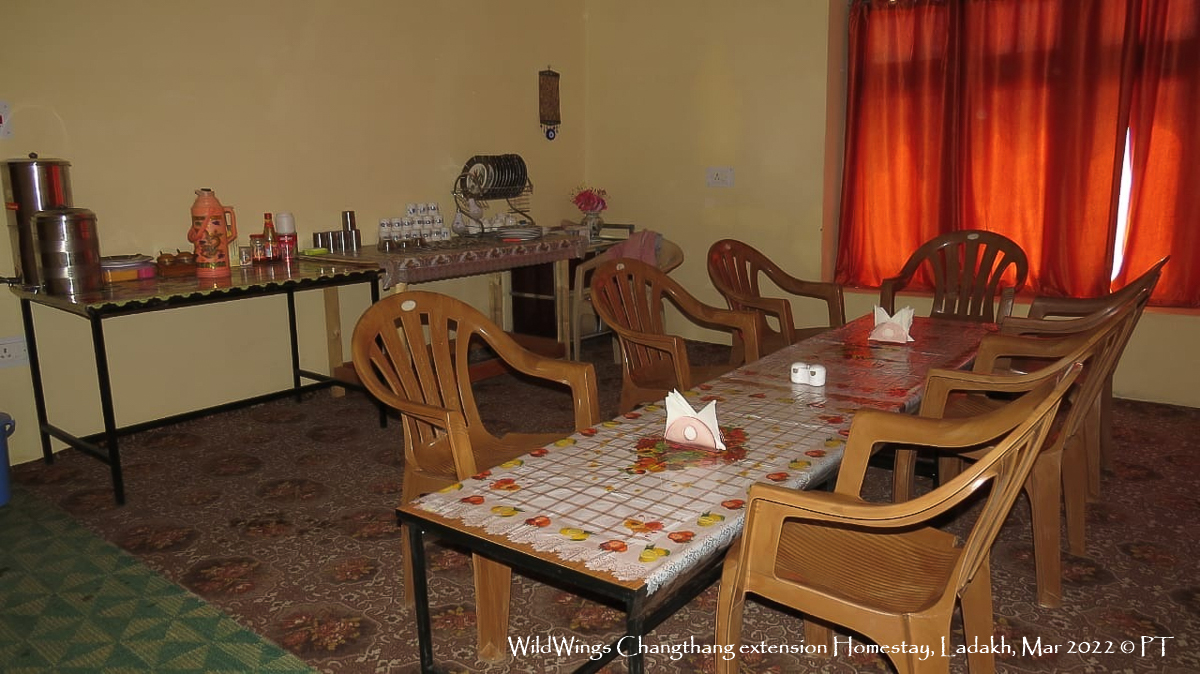
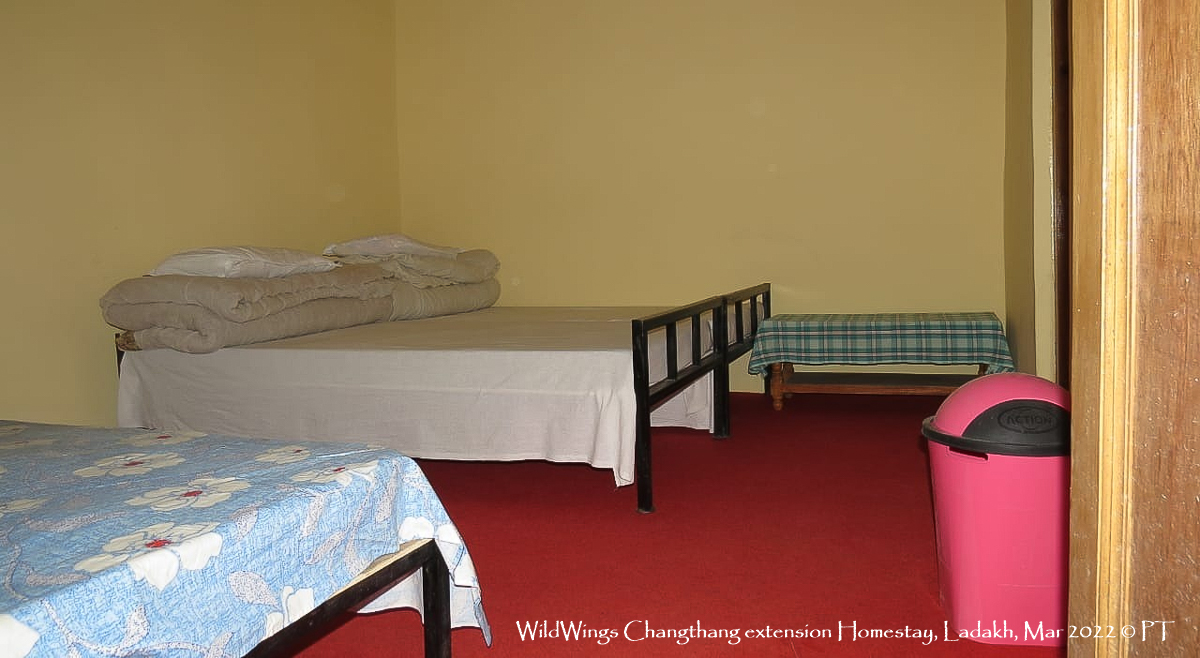
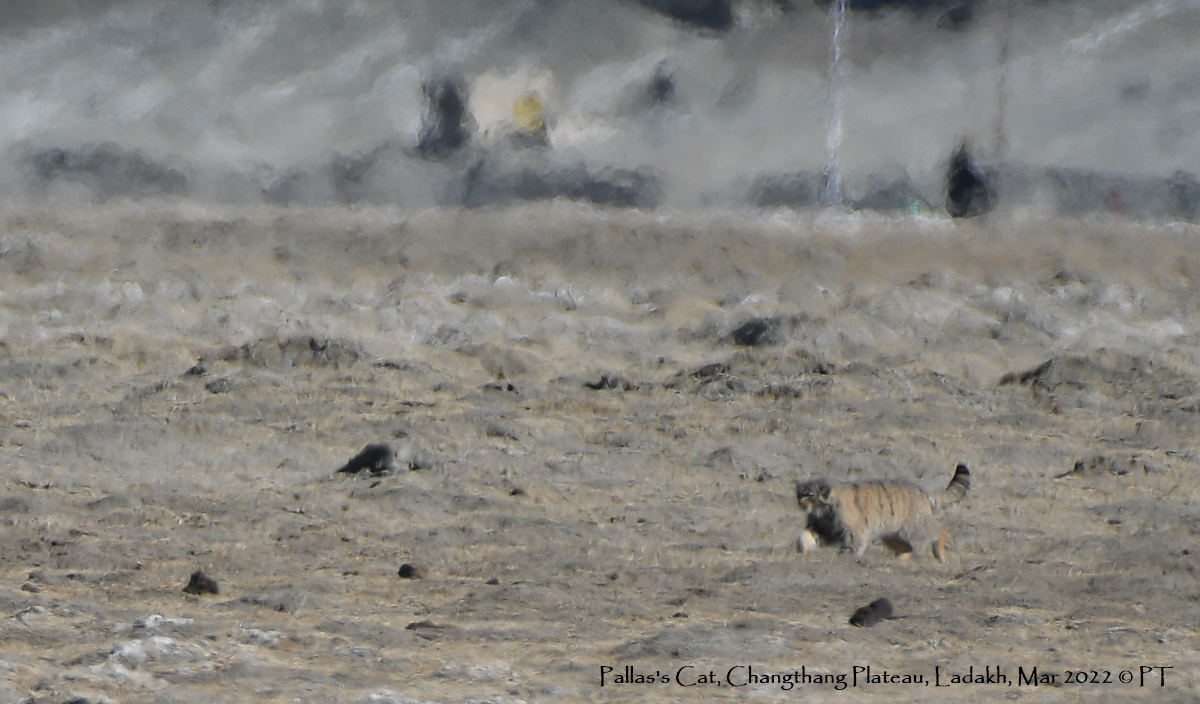



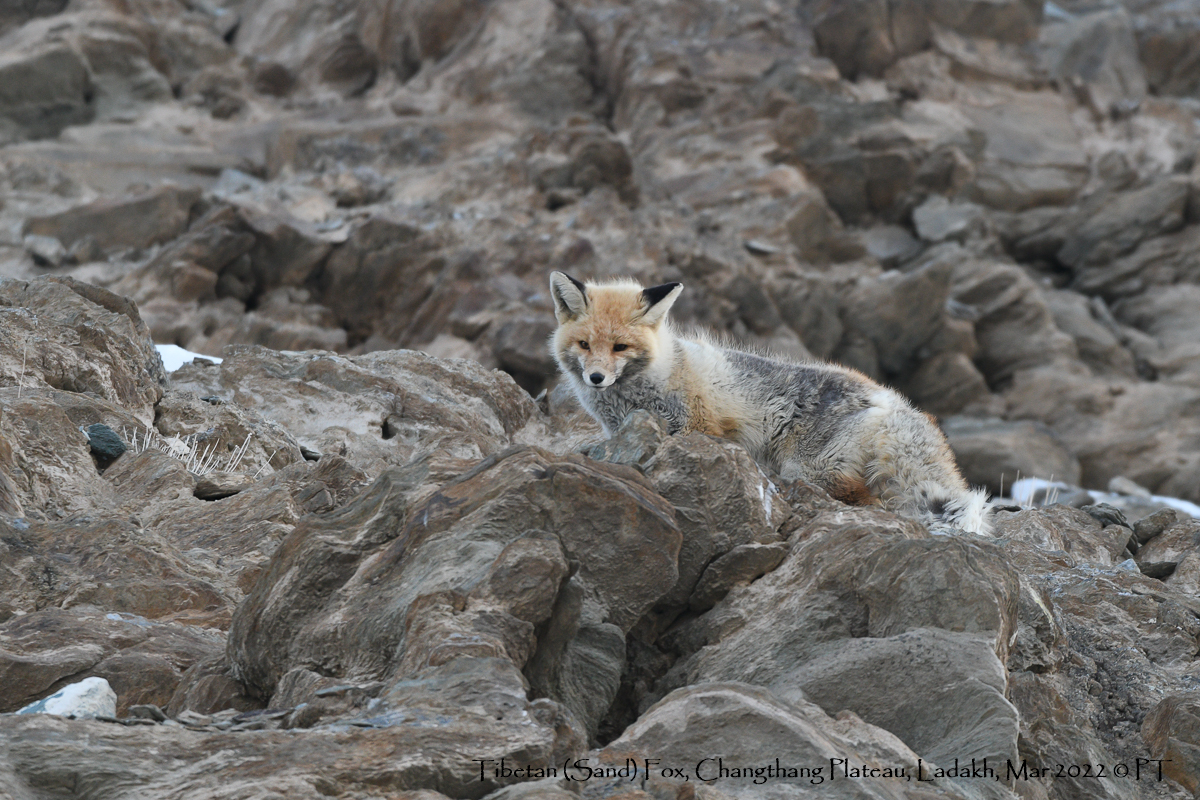
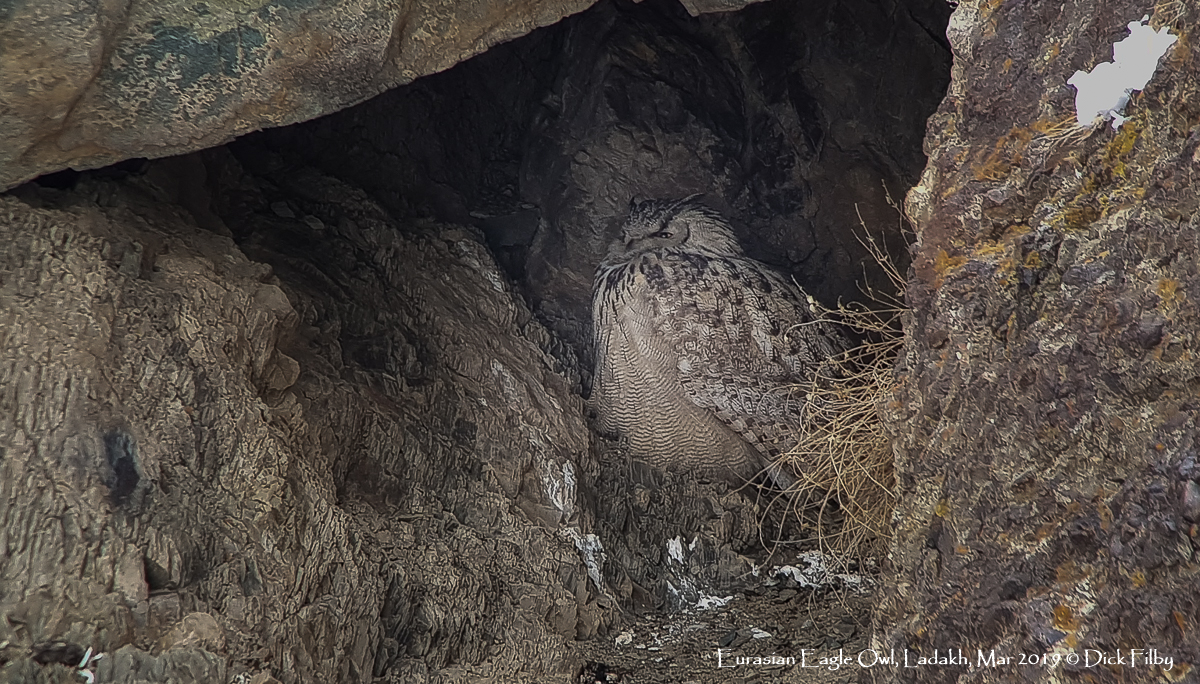












































































Ask About This Tour
If you have any questions about this tour, please enter your details here and we will get back to you as soon as possible.
Alternatively, contact us by email or phone. We look forward to hearing from you!
- 0117 965 8333
- [email protected]
Or complete the contact form and we will endeavour to get back to you as soon as possible.
* = required field


